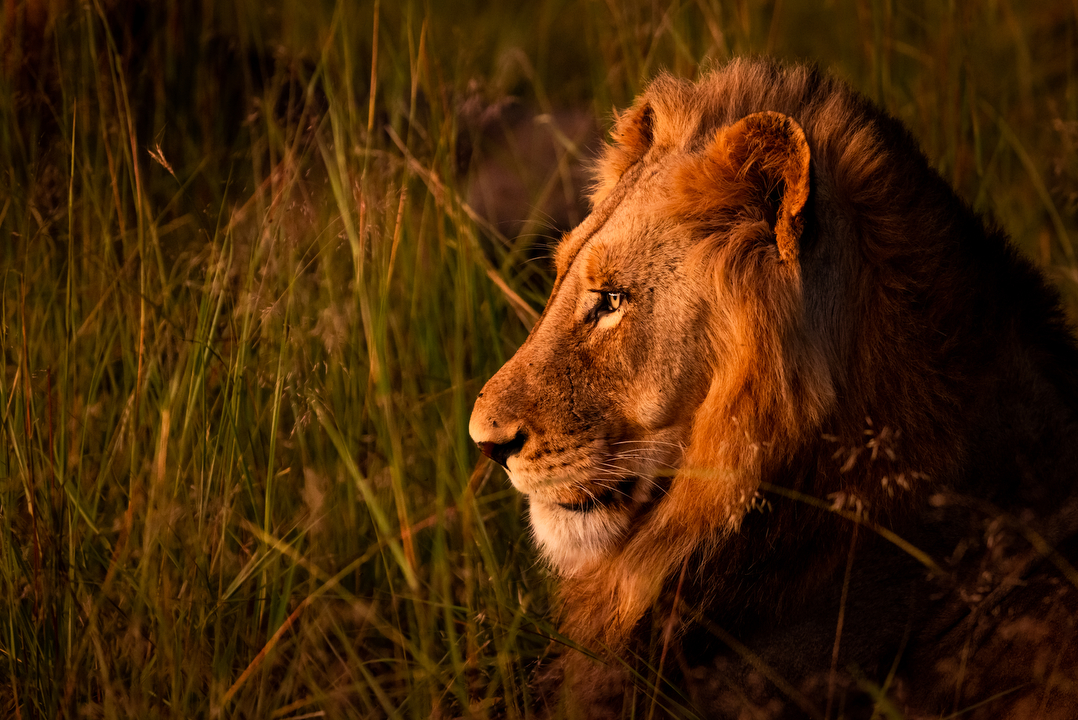Wildlife in a private nature reserve in South Africa
(dates to be added)
The peace and beauty of a private nature reserve! In collaboration with Backroads Africa, I organise a 9-day photo trip to the Timbavati in The Greater Kruger National Park in South Africa.
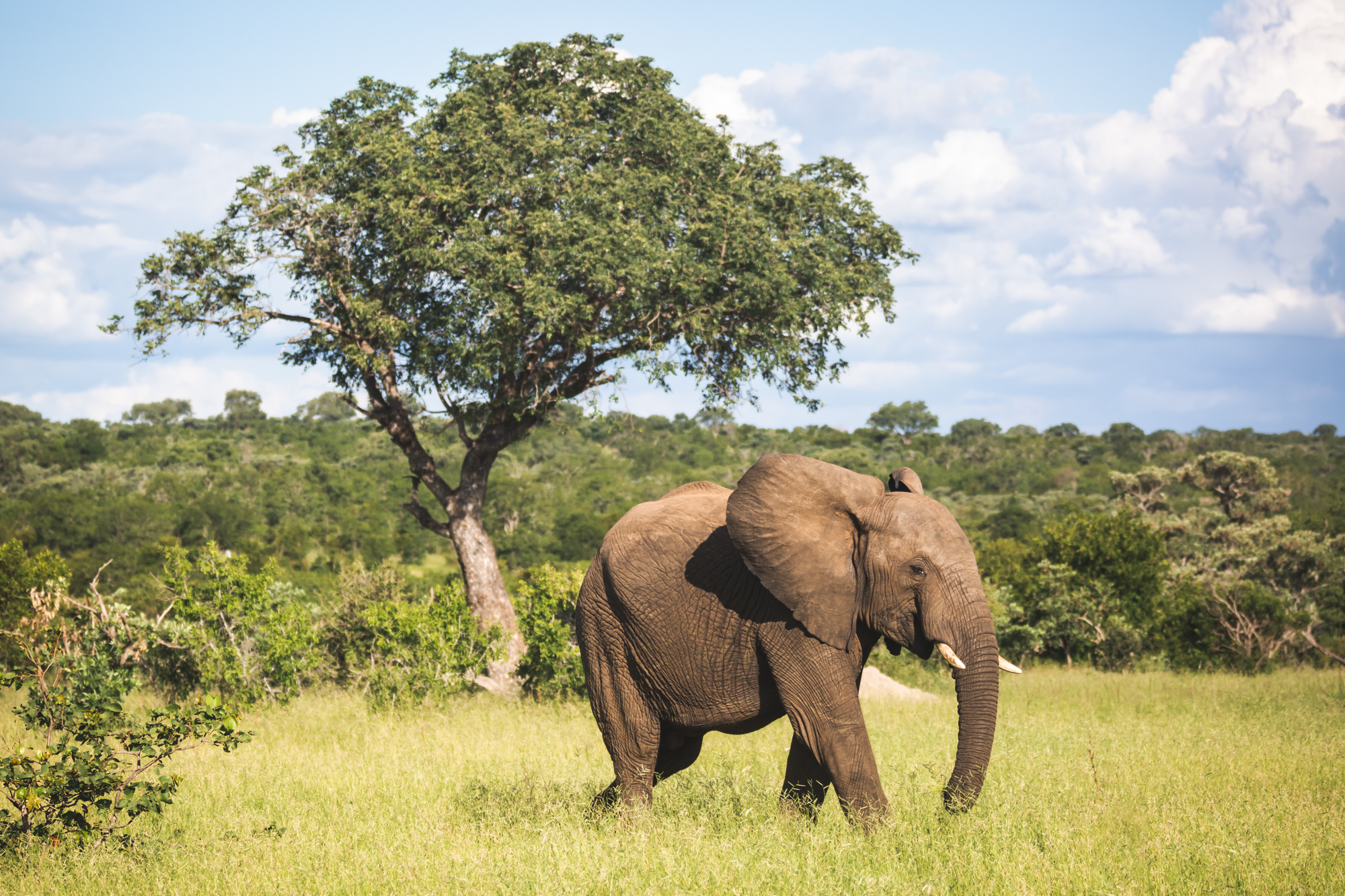
The Greater Kruger National Park
Almost everyone has heard of the public Kruger National Park in South Africa, one of the oldest nature reserves in the world. Far fewer people know that Kruger is surrounded by many private nature reserves. These nature reserves are owned and maintained by private individuals. Visitors can’t just drive from one reserve to another, but for the animals there are no boundaries!
Because almost all these animal reserves are connected, a much larger habitat was created with all the advantages this entails: more territory, more food, more freedom of movement and therefore a much more natural environment as it traditionally was.
The Timbavati
Timbavati Private Nature Reserve is one of these areas. It was founded in the 1950s and now consists of more than fifty owners and more than 50,000 hectares of land. During this trip we visit two different lodges in the Timbavati, in different parts of the reserve.
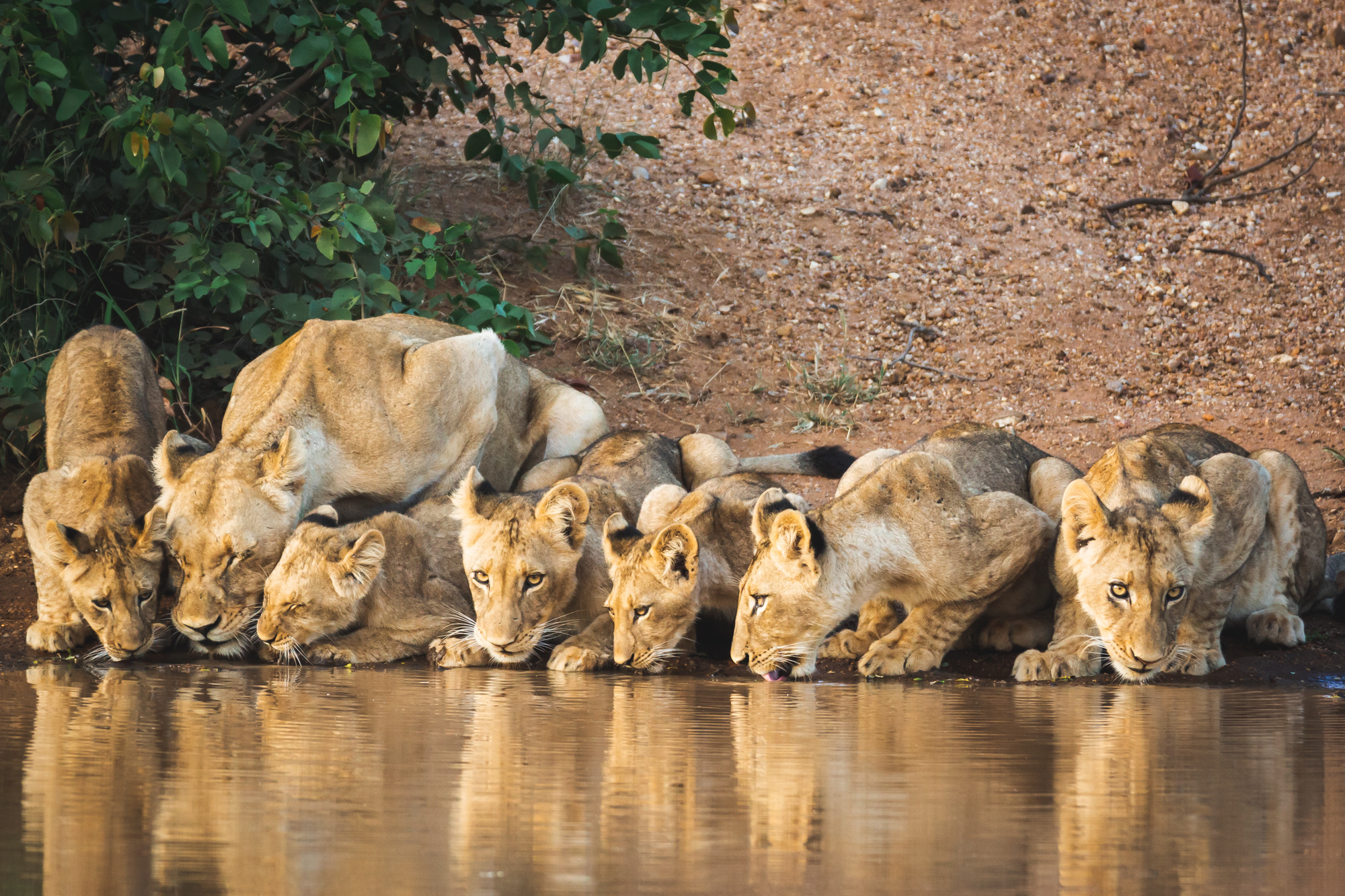
Advantages compared to Kruger NP
There are several reasons why we go to the Timbavati during this trip and not to, for example, the adjacent Kruger National Park (run by the government). In the private nature reserves you can only drive around with a local guide. You can drive your own (rental) car from the gate to your accommodation via the main roads, but the guides of the lodges will take you along for the rest of your stay.
Experienced
The advantage of this is that every safari vehicle driving around knows what it is doing. They include experienced people who know the area well, adhere to the rules and recognize the animals and their behavior and can respond accordingly. Moreover, they communicate with each other via radio contact, so that an animal spotted by one vehicle can also be visited by other cars.
Only two vehicles at a time
One of those rules, for example, is that there may never be more than two vehicles at a so-called ‘sighting’. This is much quieter for the animals and also nice for us as photographers because we always have a good view. The animals are approached with enormous respect and the guides try to disturb their natural behavior as little as possible.
And because the animals know that this is how things are in the Timbavati, they often prefer to stay here than in the large public Kruger Park where there are sometimes twenty cars around them! So the chances of seeing animals are much higher for all kinds of reasons.
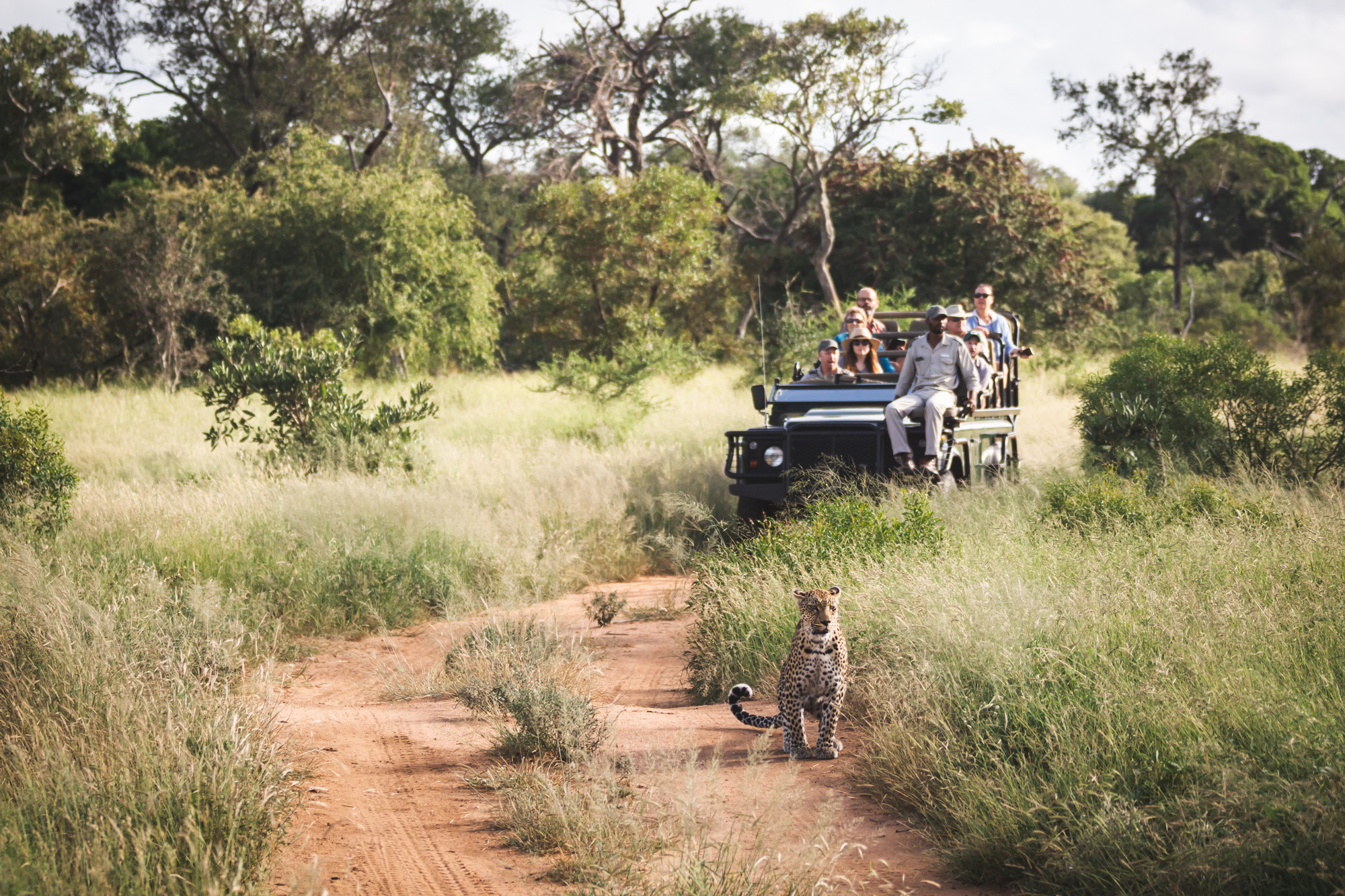
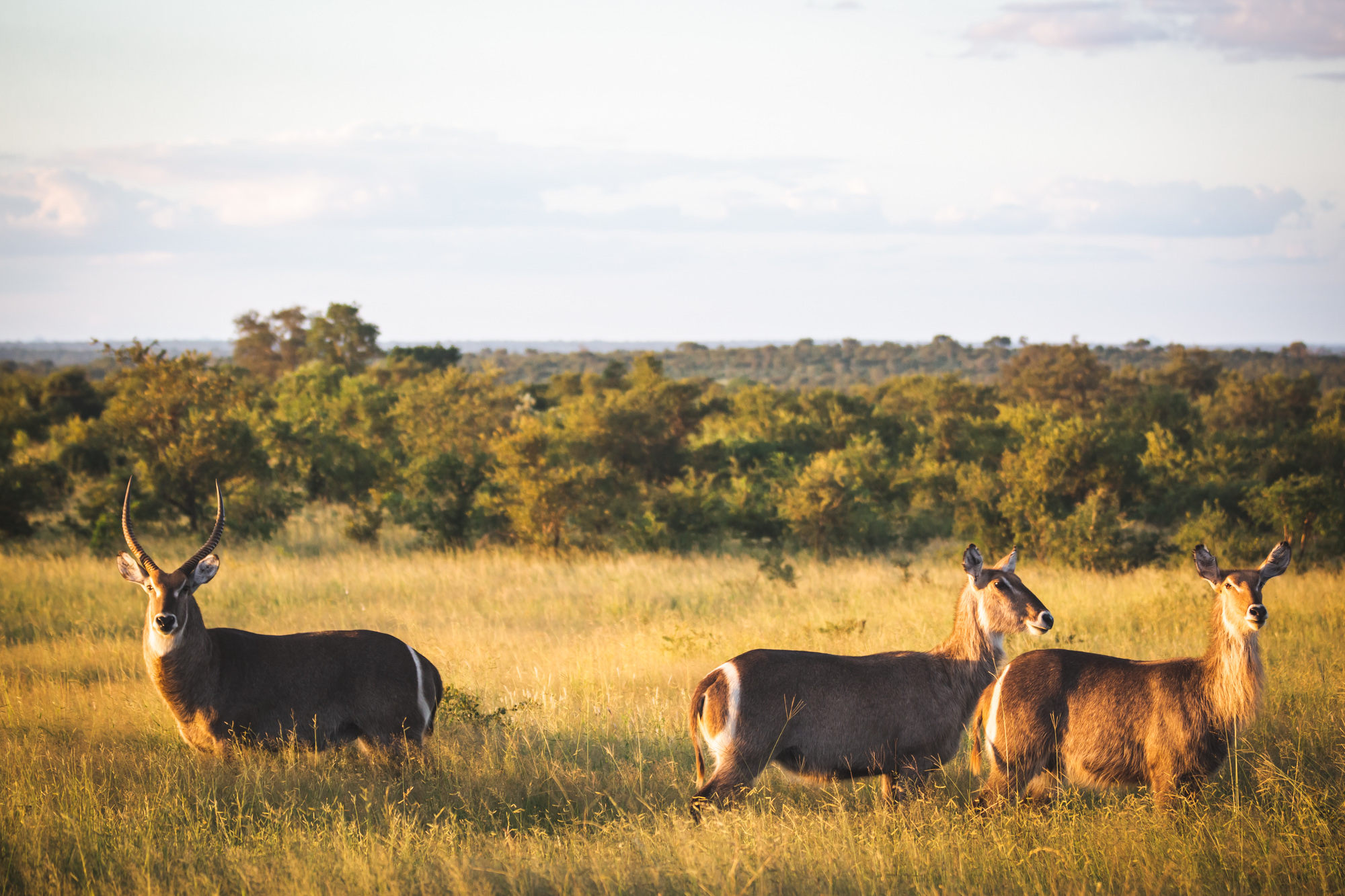
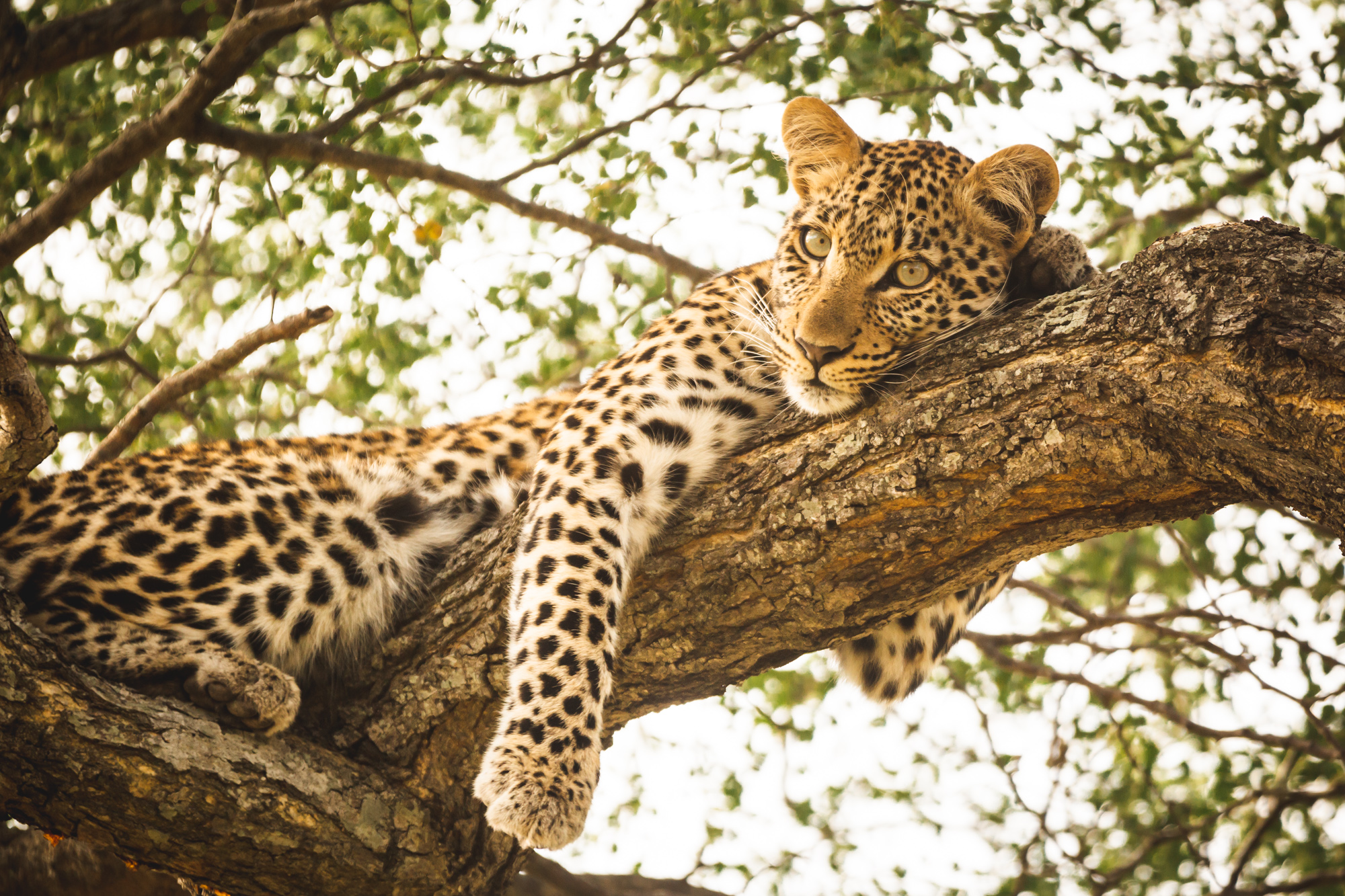
Location
The Timbavati is located west of Kruger National Park, near the town of Hoedspruit.

Everyone is welcome
This trip is for everyone who loves nature, enjoys taking photos and has the patience to quietly observe and wait for that one great moment! Even though it is a photo tour, you do not have to be a professional photographer or a very experienced safari goer. I simply want you to fully enjoy everything that African nature has to offer. And I want to give you plenty of opportunity to take fantastic photos, at any level. Photographing wildlife sometimes requires some different skills than what you may be used to, but I can absolutely help you with that.
But please note: there is only room for 6 people per trip, so don’t hesitate too long! This is a really great offer for a super cool and exclusive photo trip!
“Thanks to the experienced rangers and trackers and Simone’s knowledge of the bush and the animals that live there, we saw and learned a lot. I came home with many fantastic photos.” (Wim Blom)
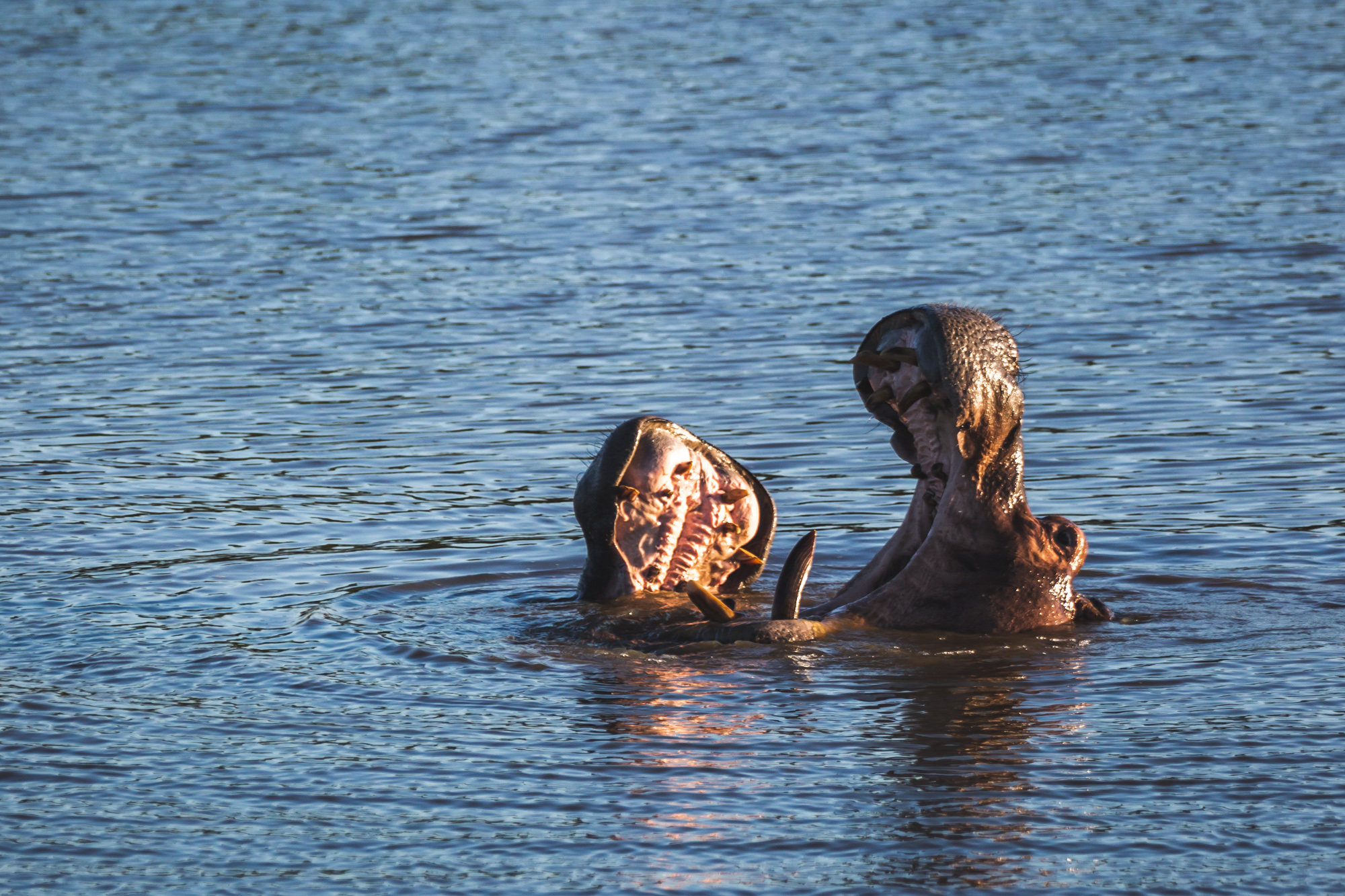
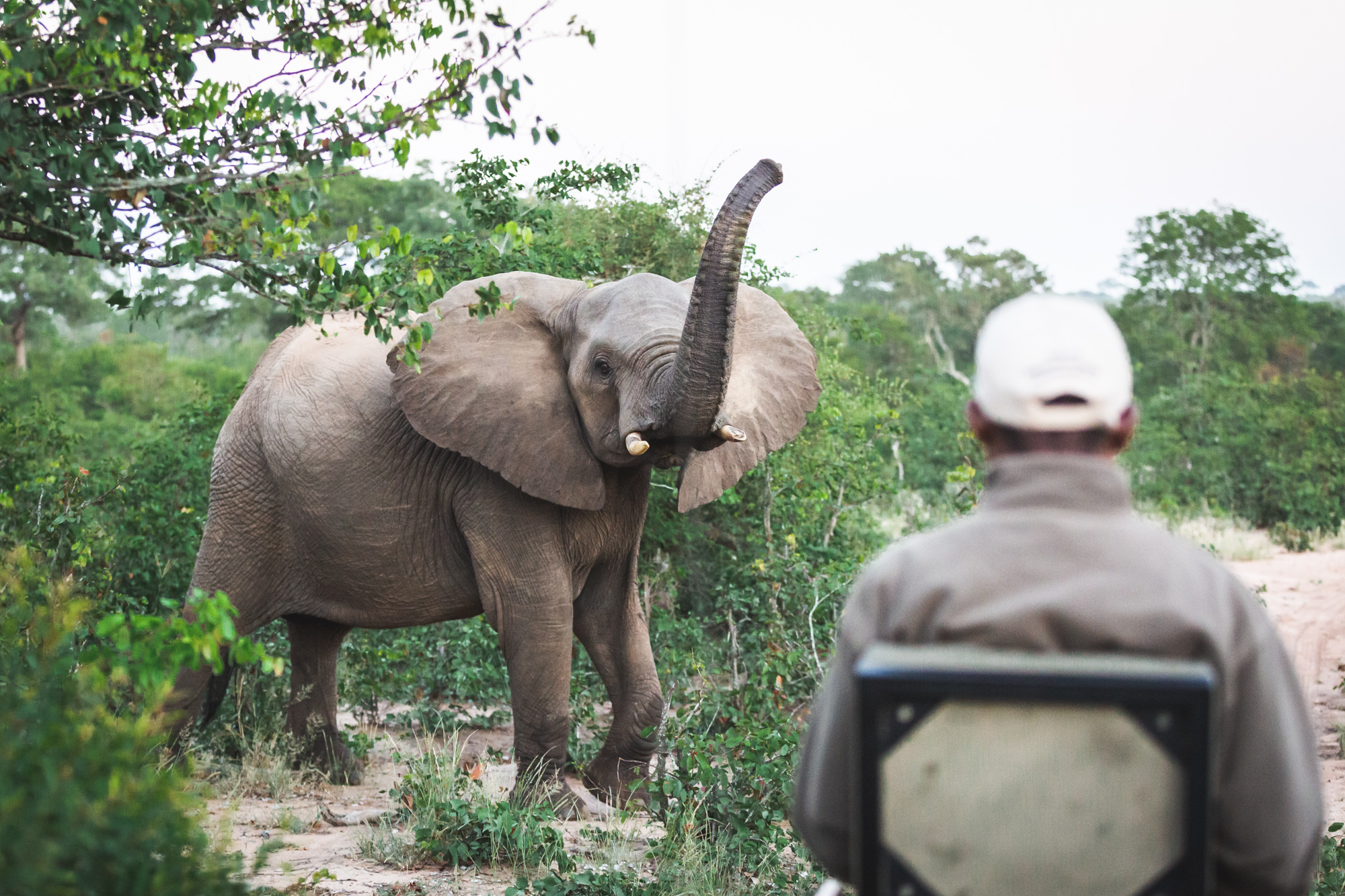
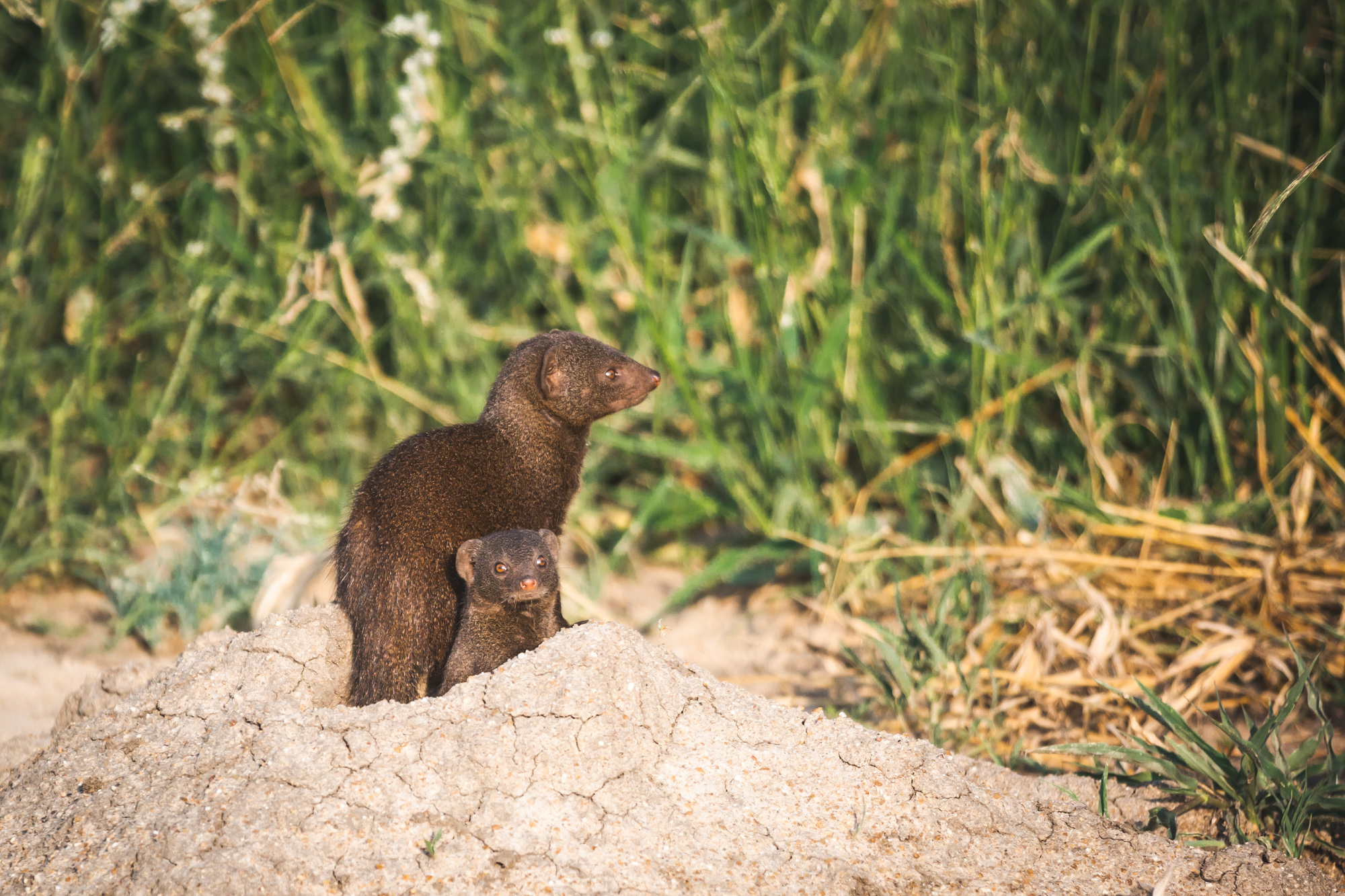
a selection of my ‘best of’ photos, taken in Africa
Details
Overnight stays
We gather in Johannesburg. We will spend a night here in a cozy lodge after which we leave early the next morning for the Timbavati (six to seven hour drive). We stay here in two different accommodations.
Shindzela
The first four nights we stay in Shindzela. This is a small-scale lodge consisting of semi-permanent tents on a wooden platform, each with its own ensuite bathroom. It’s great to lie in your tent at night and hear the sounds of the animals! The camp is fenced, with a low, almost invisible fence so that the really large animals cannot get to your tent. There is electricity at the reception where each tent has its own place to safely charge all batteries.
Umlani
After Shindzela we spend three more nights in Umlani, one of the oldest camps in the Timbavati. Here the accommodation consists of small round mud or thatched huts with a thatched roof. These huts also each have their own bathroom, without a roof. So you shower in the open air! The camp is run in a very eco-friendly manner and is not fenced. This means that you are not allowed to walk to and from the restaurant or bar by yourself in the dark, as you can always encounter animals! If you follow the rules it is not dangerous and above all a lot of fun.
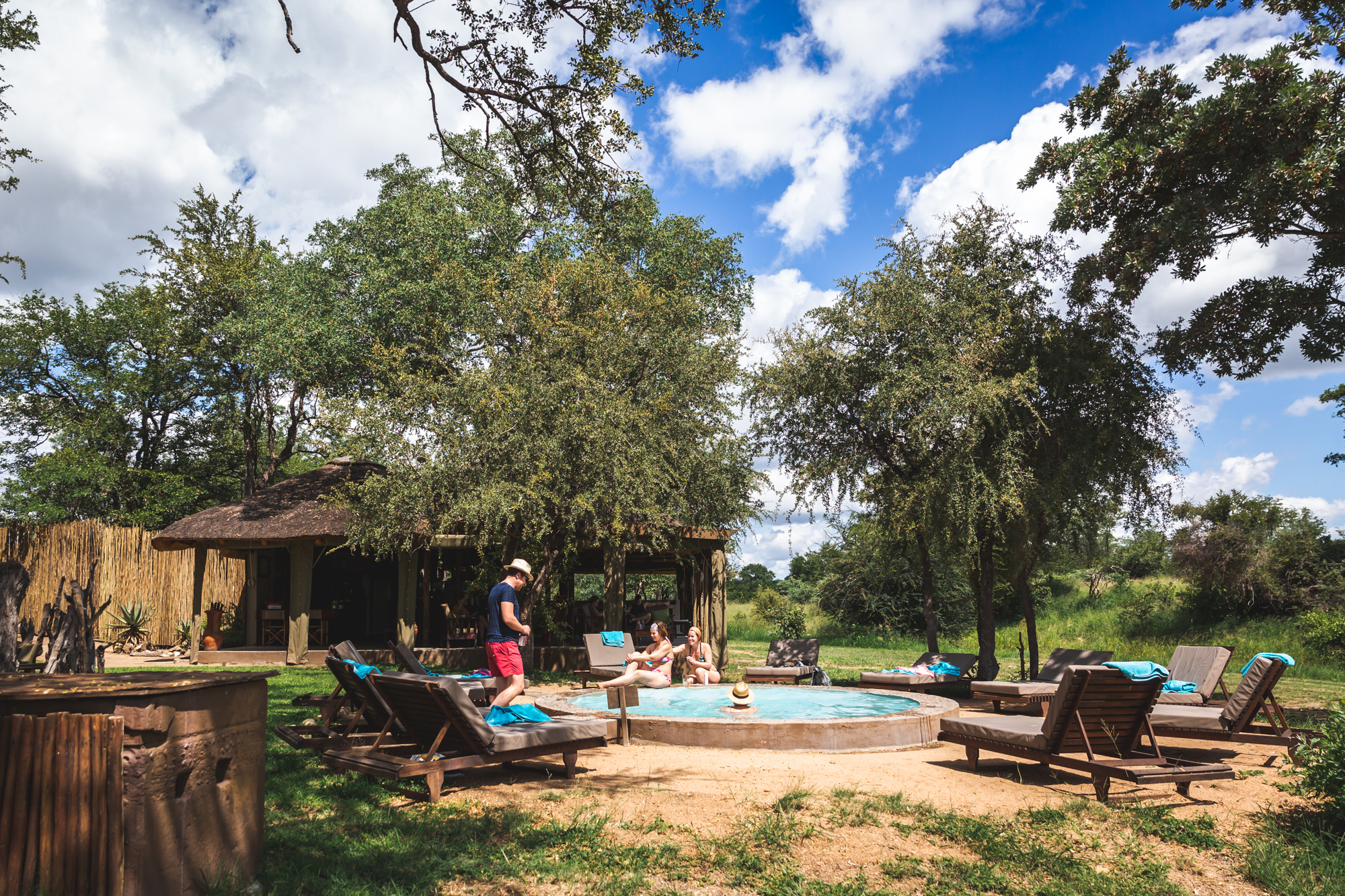
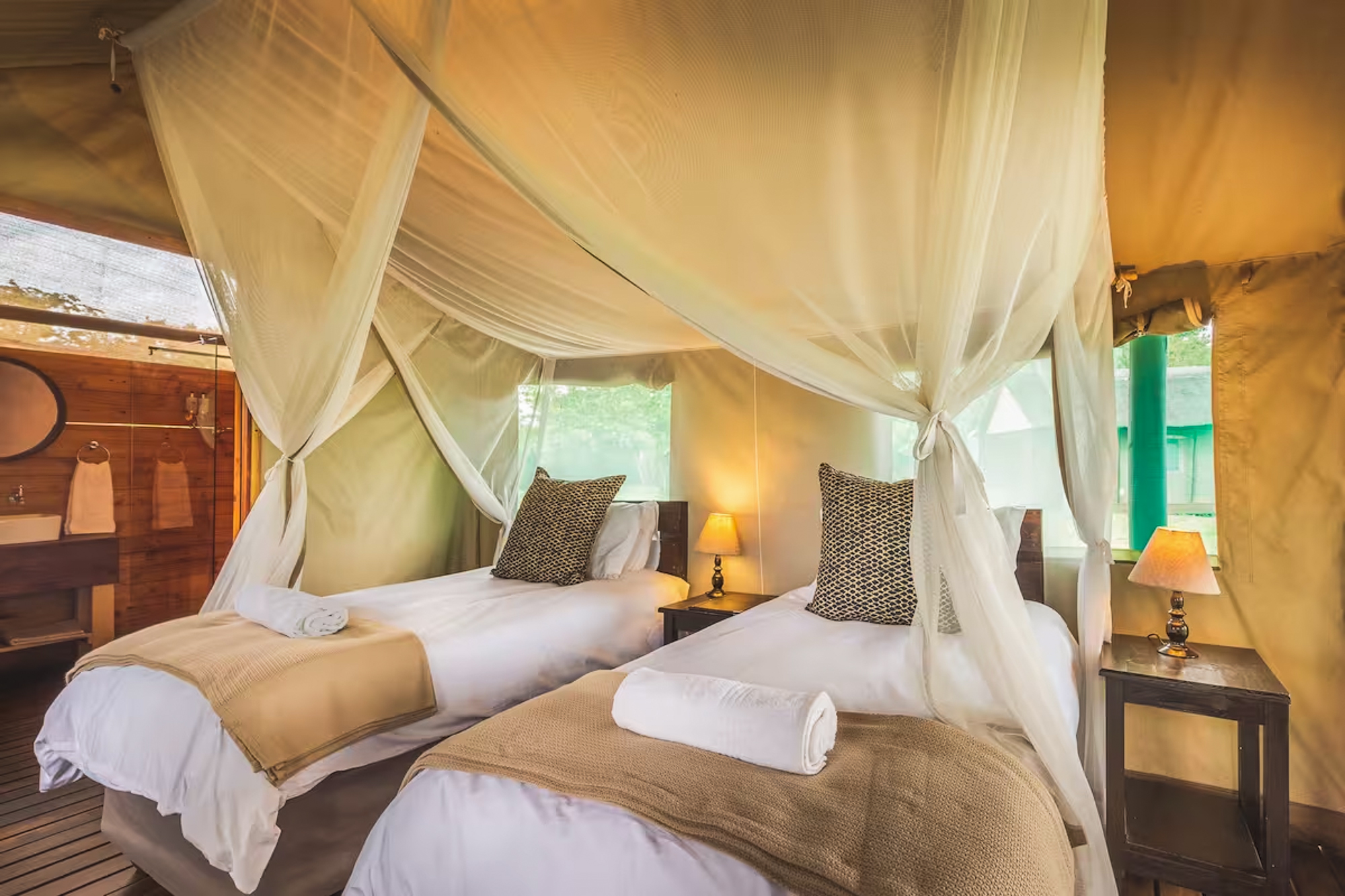
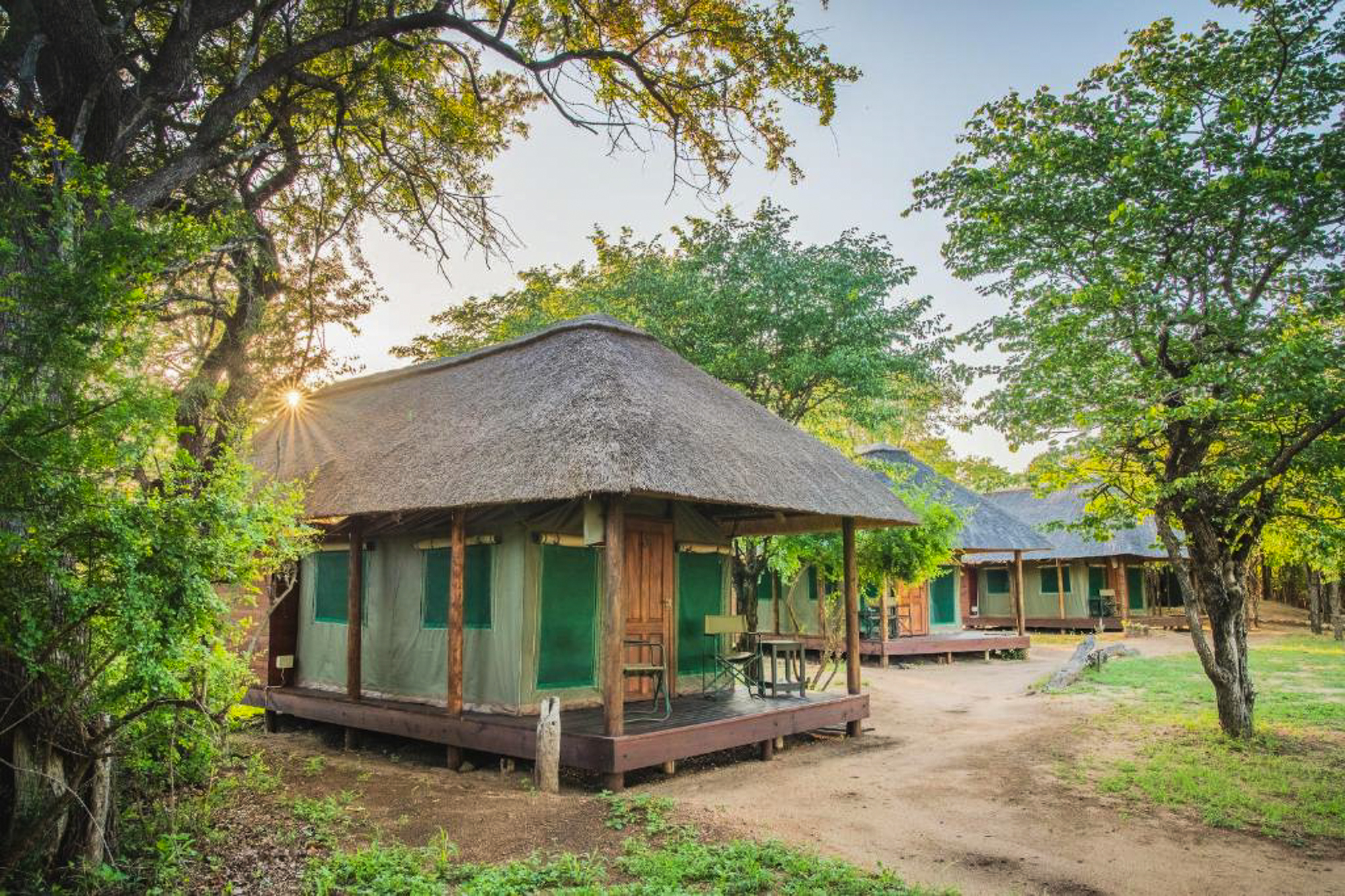
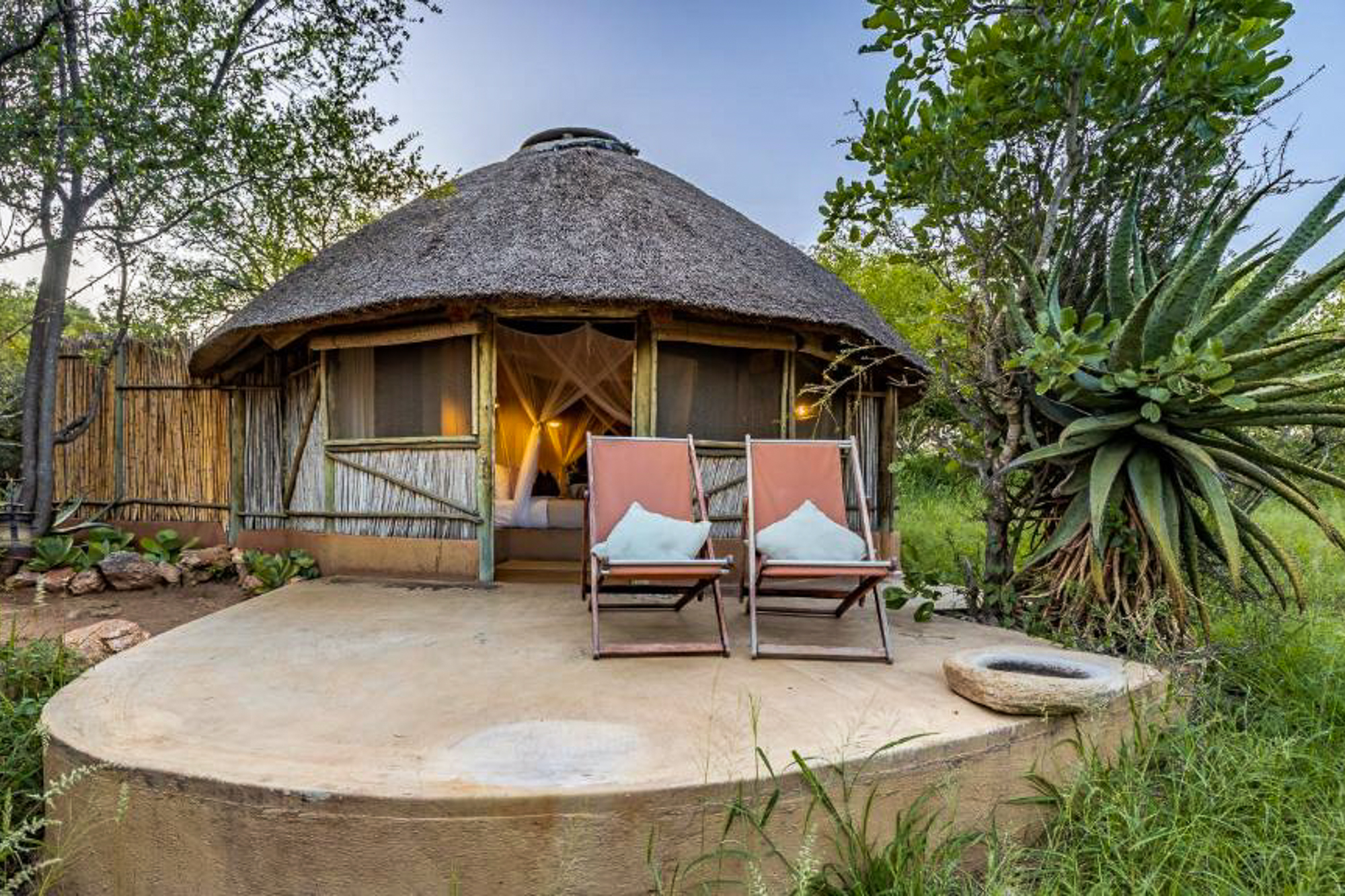
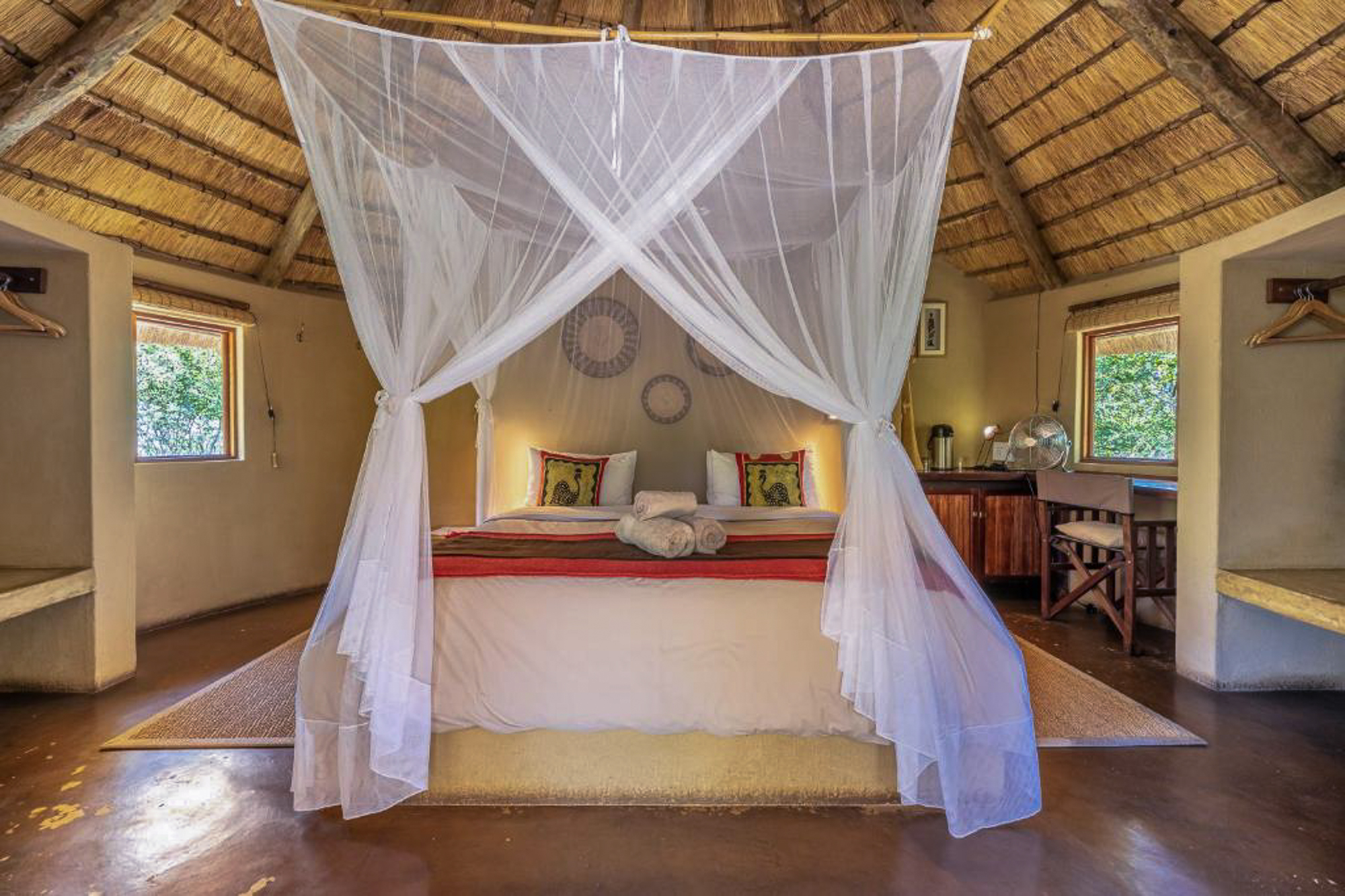
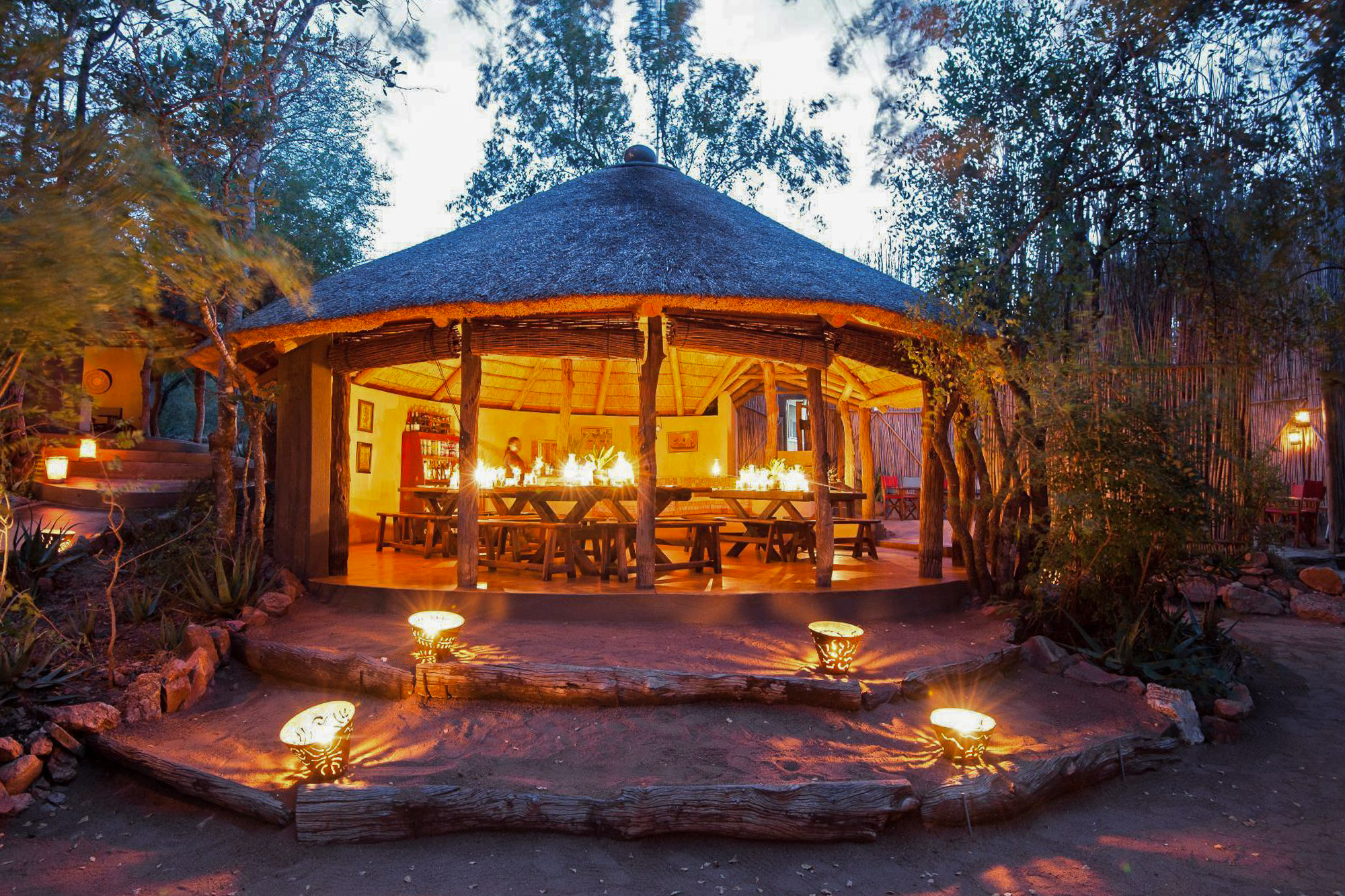
Guidance
We are taken to and from the accommodations in the Timbavati by professional transport: a small van with a trailer for the luggage will pick us up and drop us off everywhere. When we go on a game drive once in camp, we always have an experienced guide from camp with us who drives us and has radio-contact with other guides. This guide is also supported by a so-called ’tracker’: a second guide that sits on the tip of the hood and pays particular attention to tracks!
In addition, I will of course accompany you as an experienced wildlife photographer. This means that I can teach you a lot about wildlife photography. Think of the perfect camera settings (which are very different for wildlife than for portrait photography or weddings, for example), how to make optimal use of the light, and how you can make creative images with special techniques. I do this both along the way during the drives, and also in between in camp where I can help you with tips for selecting or post-processing your photos in Lightroom.
Simone Janssen
Simone worked as a (camping) tour guide in Southern Africa from 2004 to 2007. During that period she did a one-month full-time course at Eco Training to learn more about the bush, such as animals, trees, tracks and everything else that is part of the great African circle of life. Simone is a very experienced professional photographer in the Netherlands, mostly commercial, but as soon as possible she will travel to Africa again! In addition, she has worked as a trainer/coach for years in the past, so Simone can also transfer knowledge well. Her work can be found at Instagram: @simone_afrika
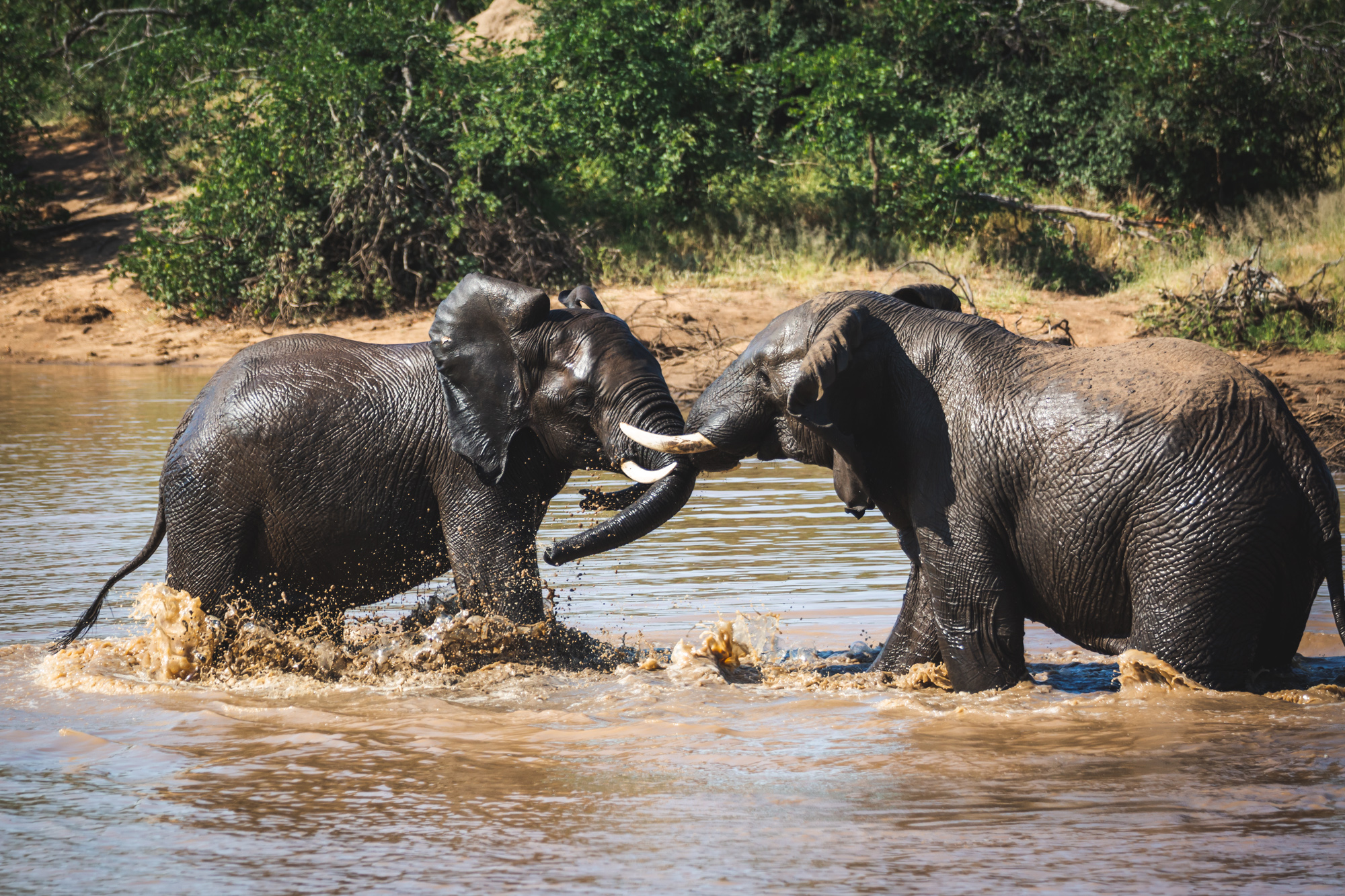
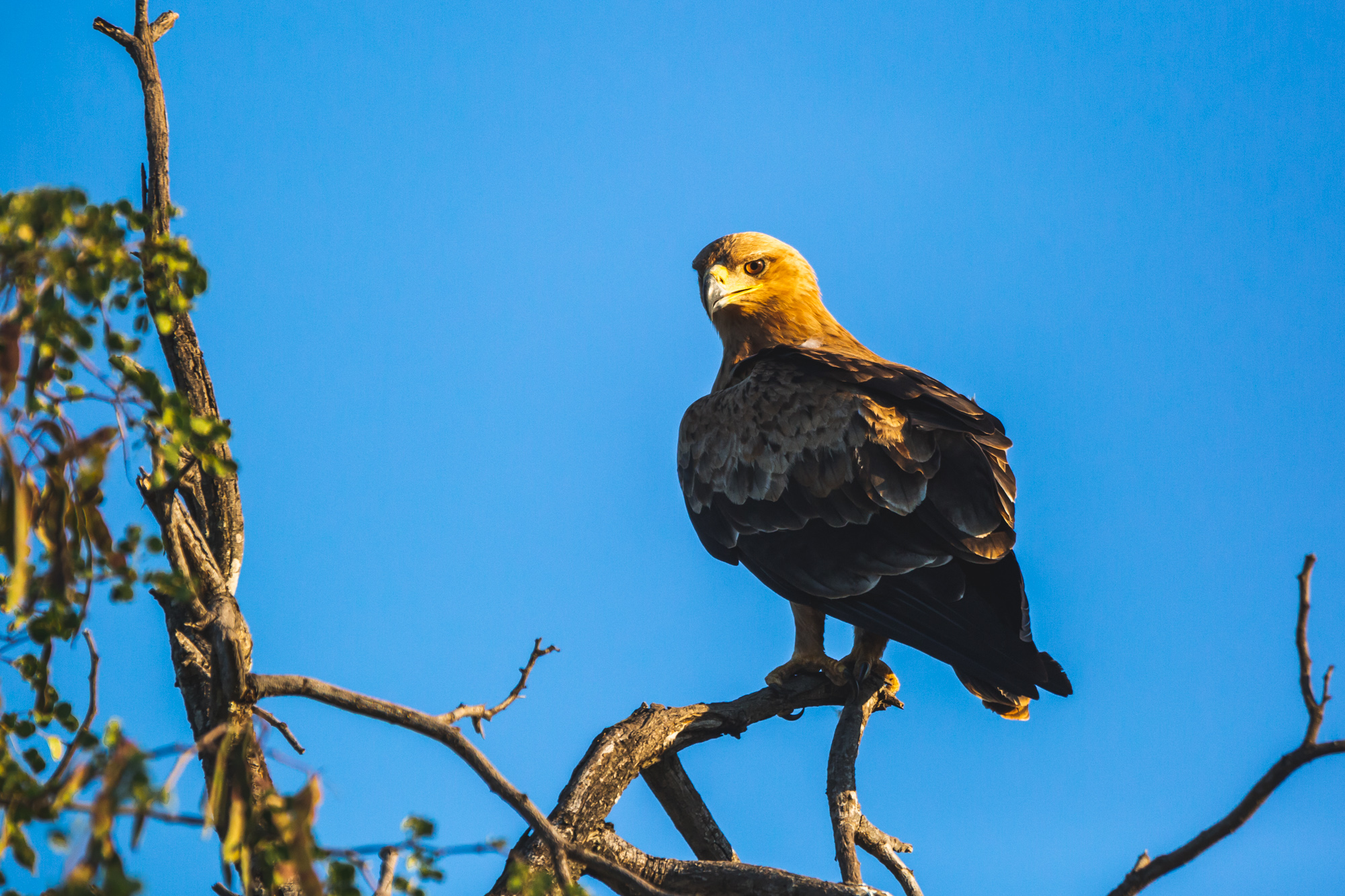
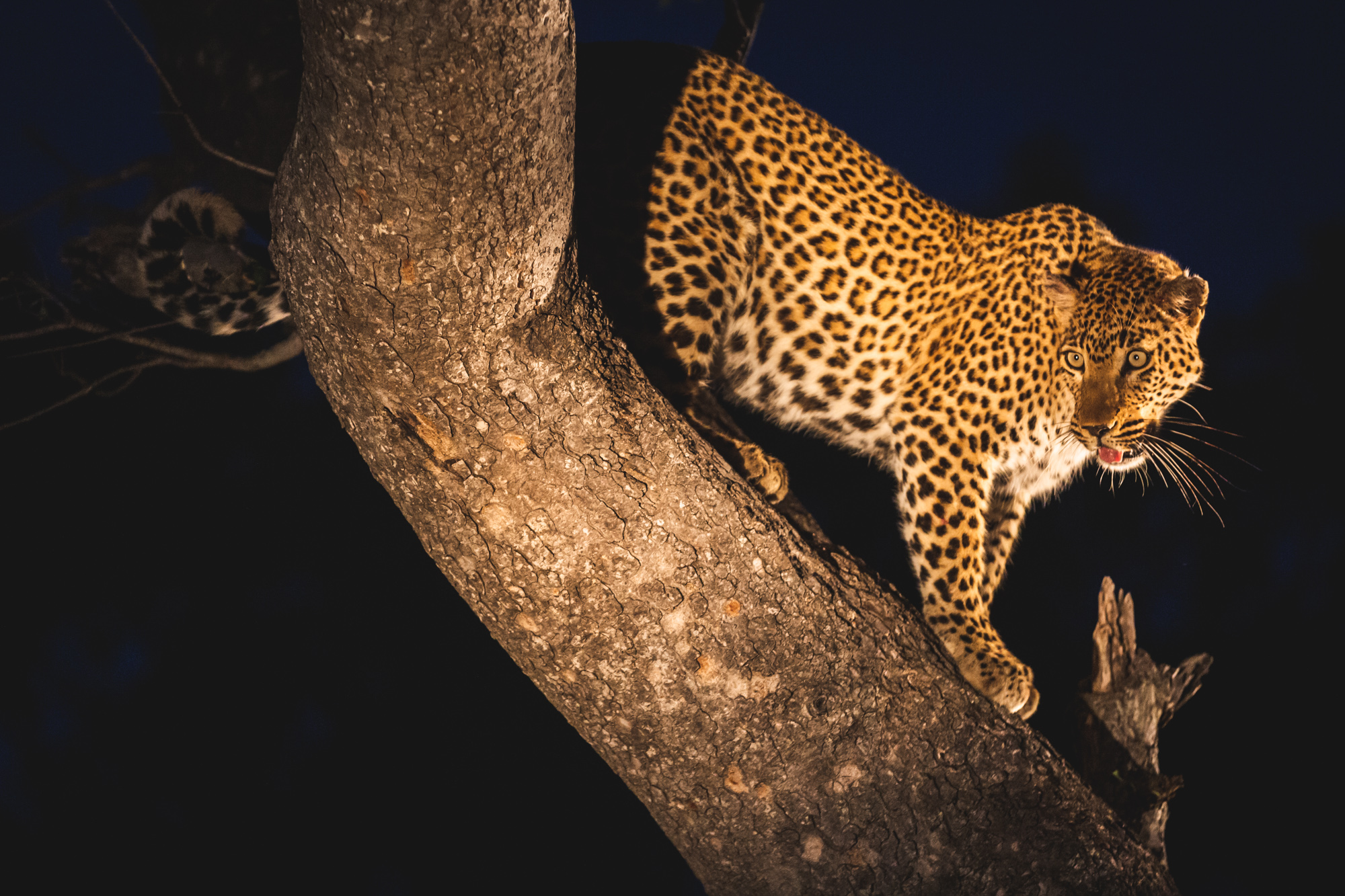
Equipment
Bring a camera that you know well. I recommend a wide-angle lens to take beautiful landscape photos and a zoom lens to get closer to animals. For example, consider a 400, 500 or even 600 mm lens. An extender is certainly useful, although you will probably want to take it off at night to make your lens a bit brighter. A tripod can be useful if you want to capture the amazing starry sky in South Africa. Renting equipment is also an option! If you are unsure whether your supplies will be sufficient, please contact me.
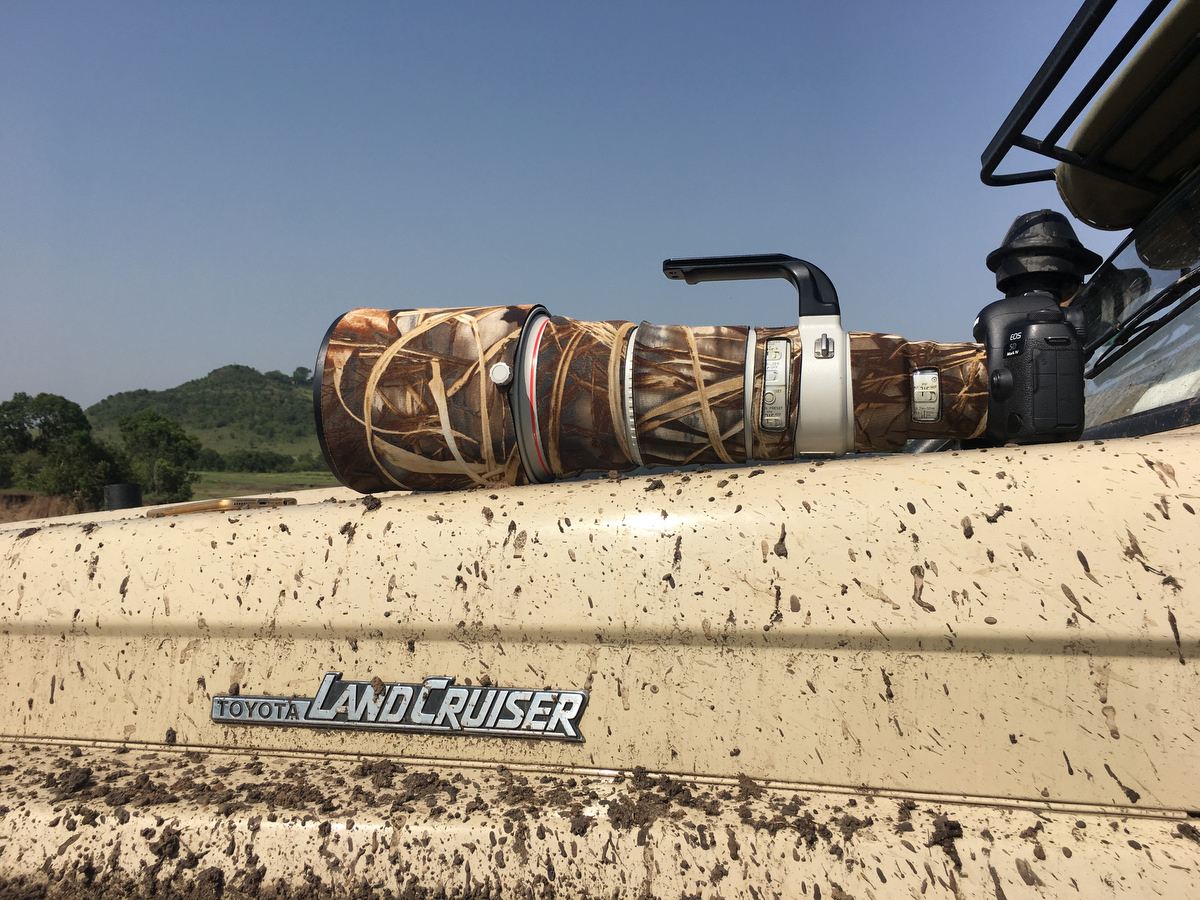
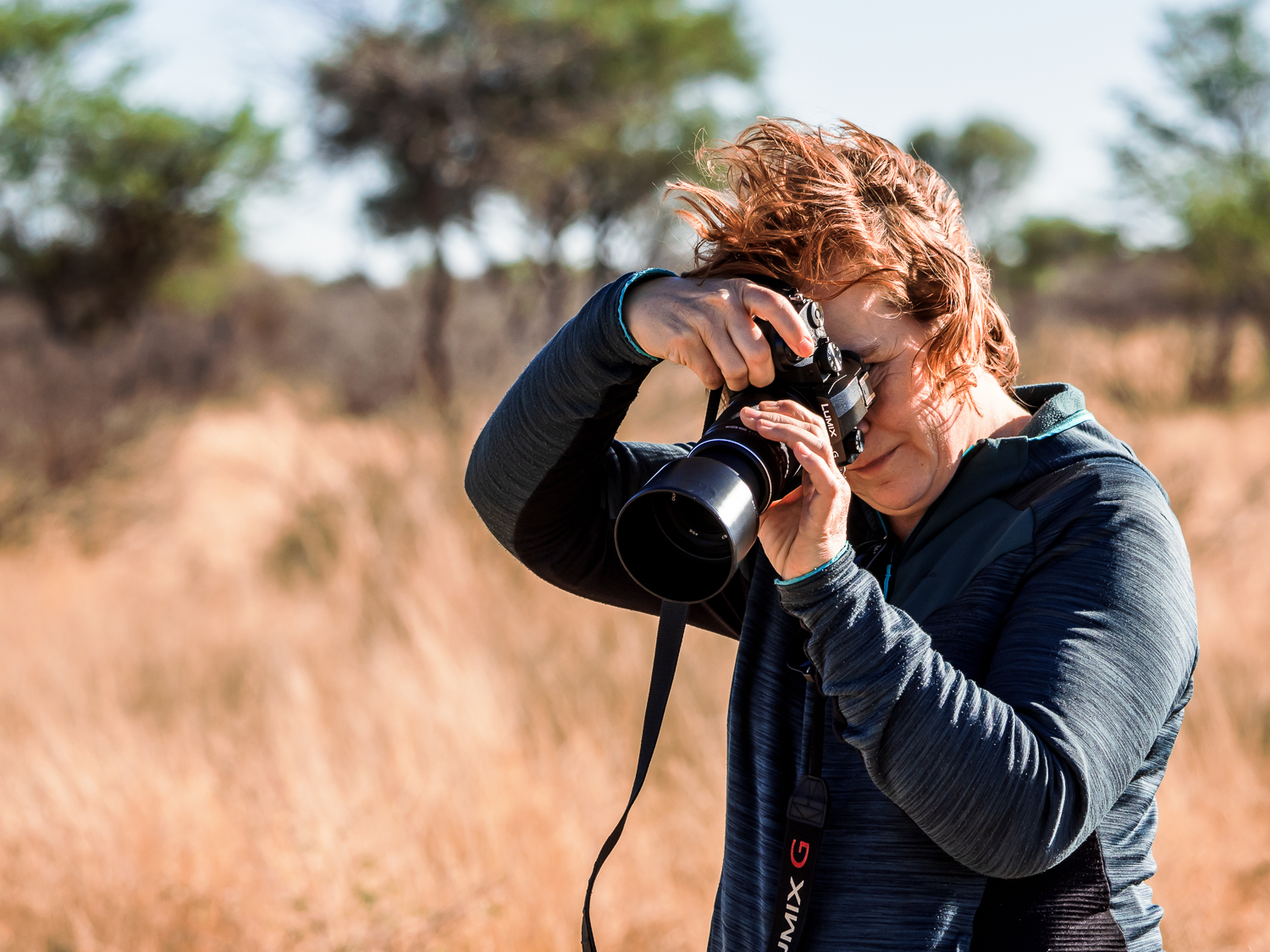
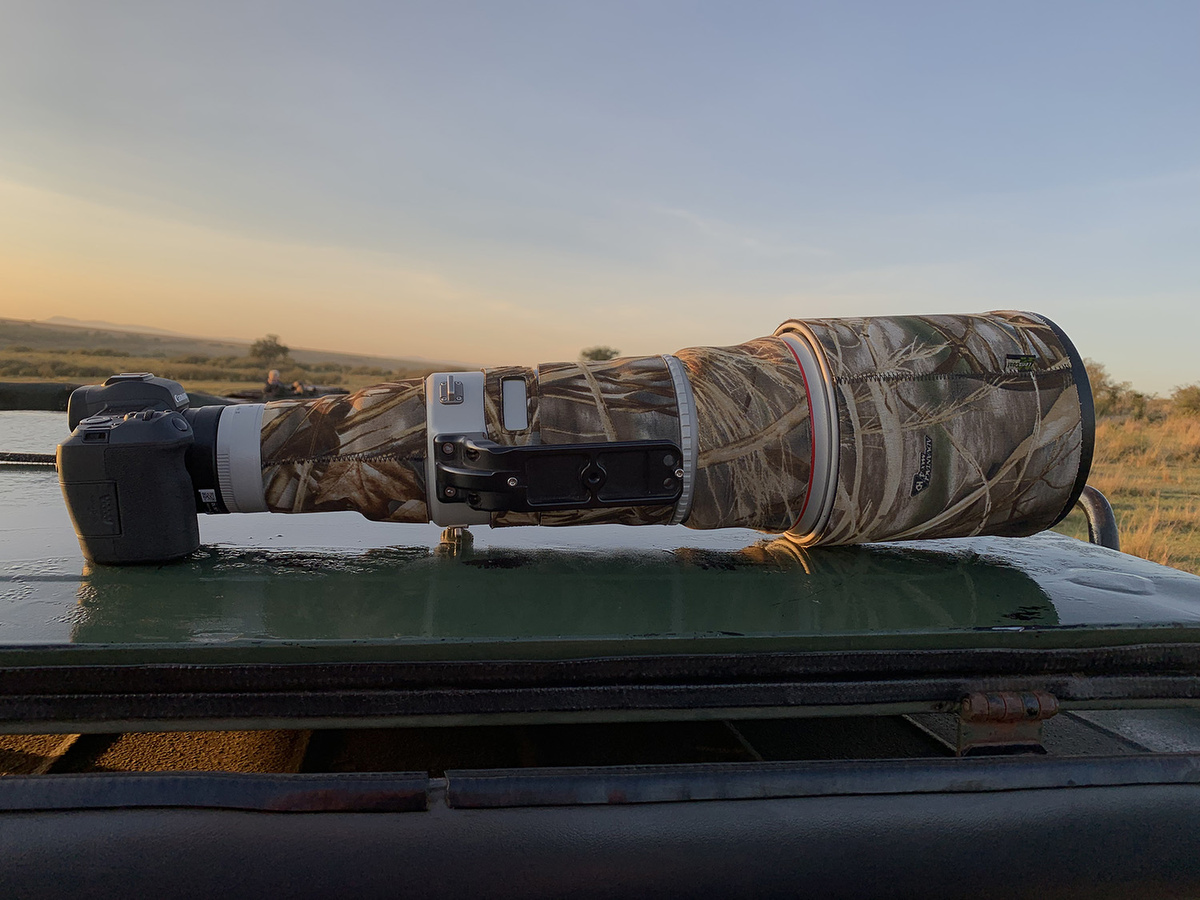
Extra’s
We offer this photo tour with Johannesburg, the capital of South Africa, as the start and end point. If you want to extend your holiday with a visit to Soweto, Cape Town, the garden or wine route or other parts of South(ern) Africa, this is of course possible. Backroads Africa can help you with all of this (with a small discount)!
What does a typical safari day look like?
We try to be in the reserve in the most beautiful light as much as possible. We are not allowed to drive around in the middle of the day (to give the animals some rest), so we do a morning and an afternoon drive. It looks something like this:
- 5.30 am: early rise! we’re leaving for the morning drive
- 9.30 am: back in camp, big breakfast
- 2.00 pm: lunch
- 3.30 pm: time for the afternoon drive
- 7.00 pm: back in camp in the dark, where we have dinner
Times may vary depending on the time of year, weather conditions and what we see along the way. Between drives you can enjoy a nap, a fresh shower, a book by the pool or looking at all the photos you have already taken. If there is a need, there is also room to do a short workshop, for example about selecting your photos or post-processing them.
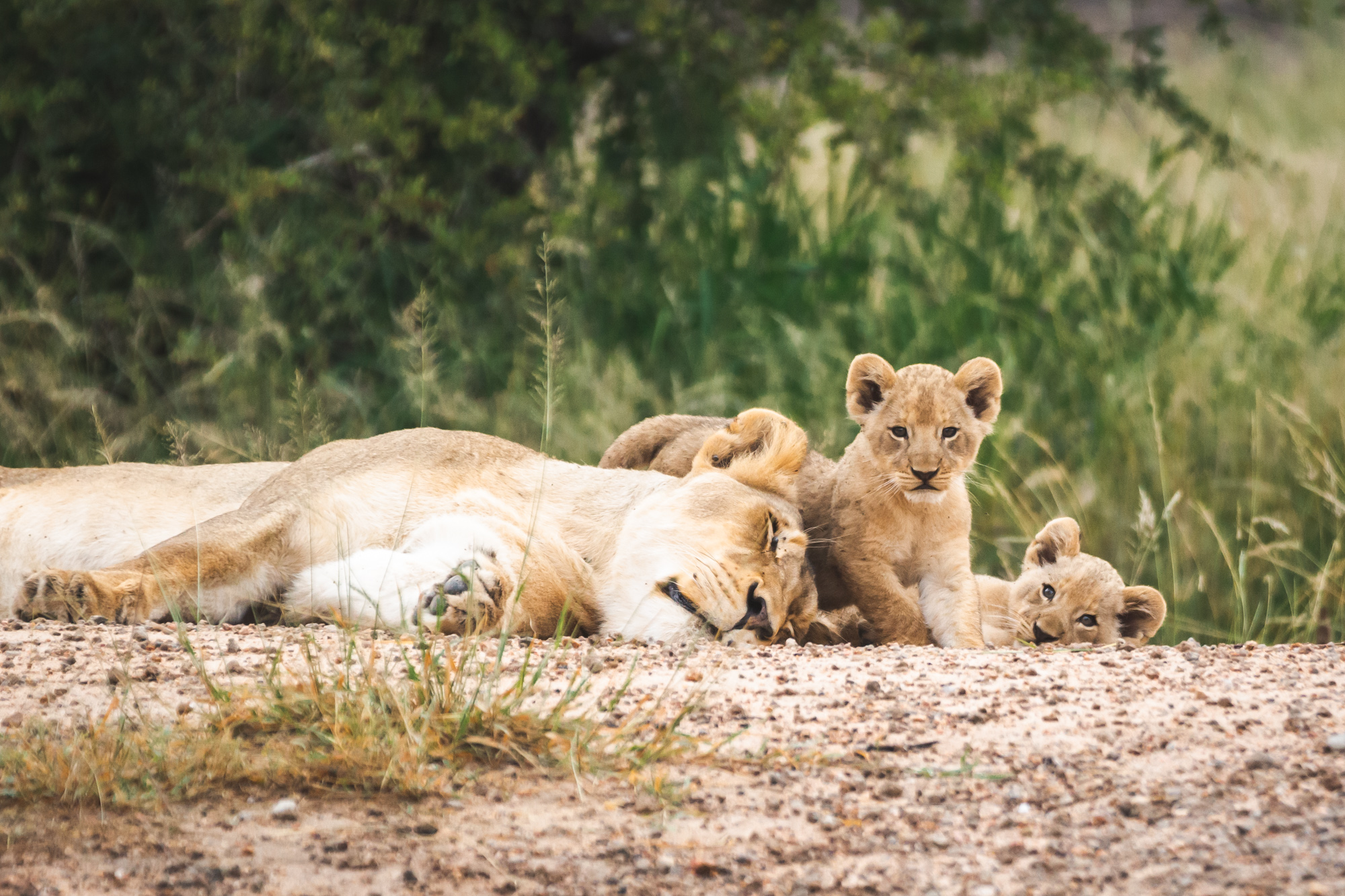
Why is this specifically a photo trip?
-
We have space in the car, no one has to sit in the middle
-
As a wildlife photographer, I can help you take the best photo (and also tell you quite a lot about most animals)
-
There is no rush to find the next animal and check off a list; we take photos as long as we want and no one asks ‘are you ready yet?’
-
Once in the accommodation there is plenty of time to view and edit photos, learn from each other and talk about photography for hours!
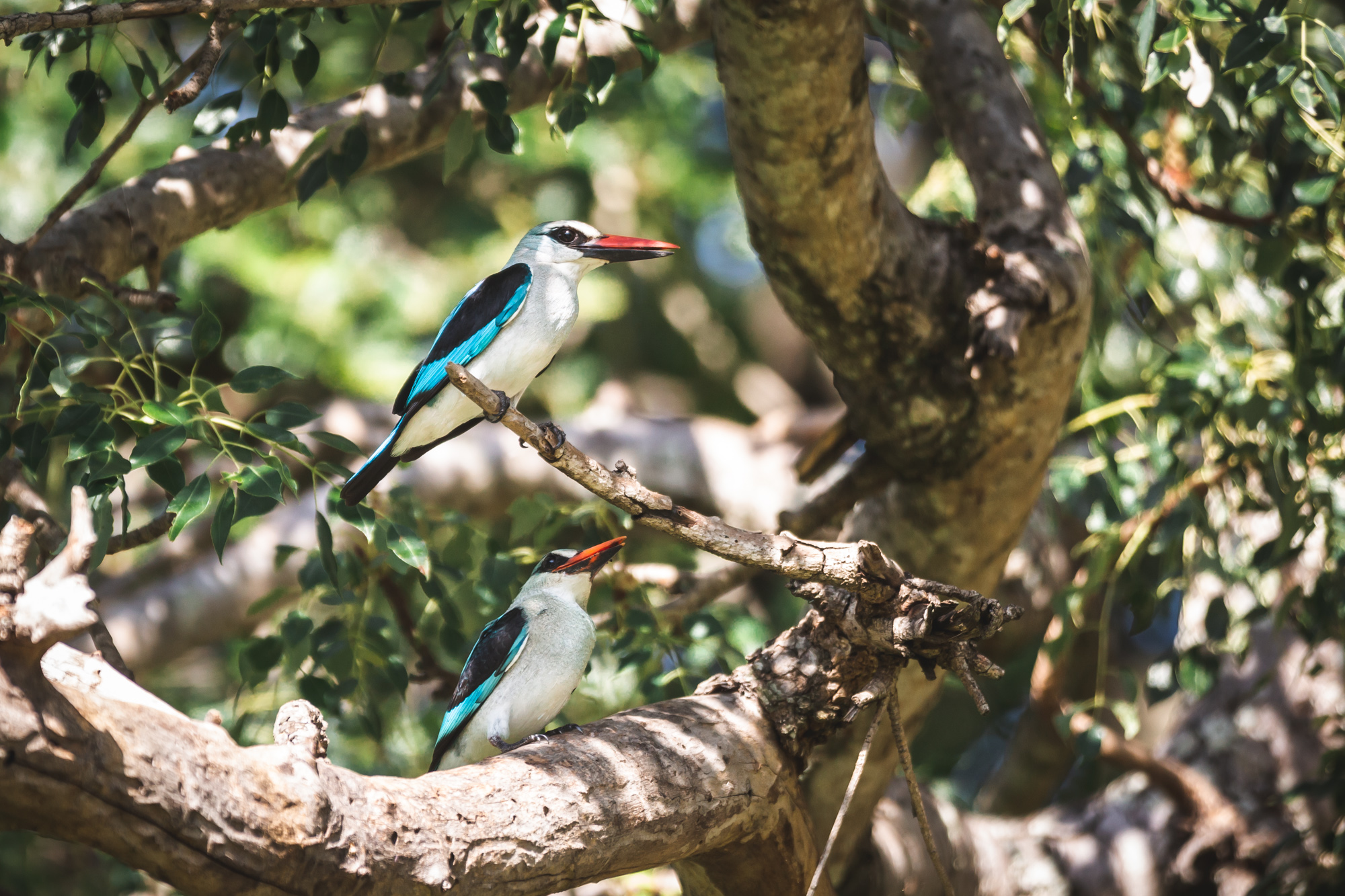
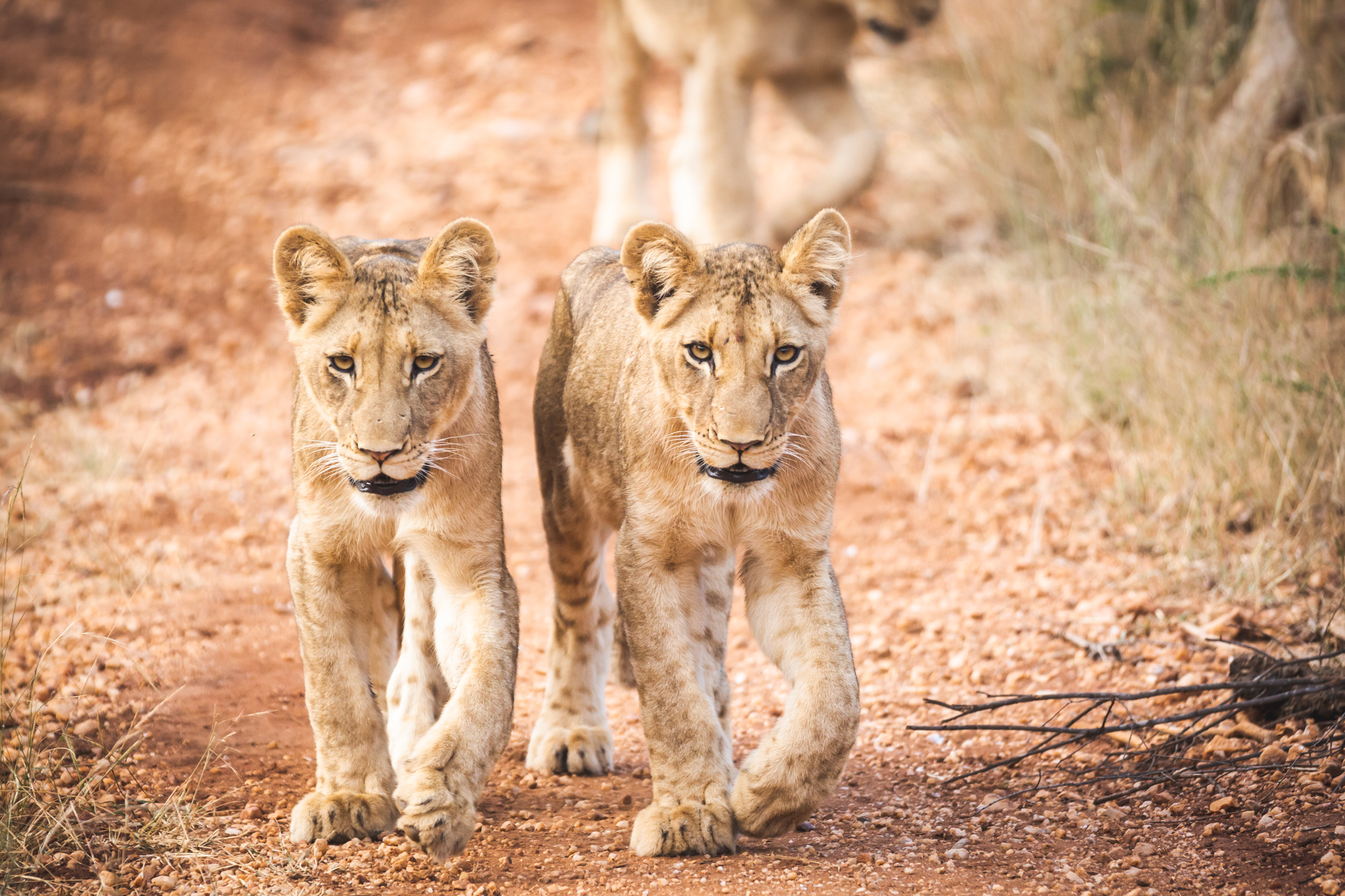
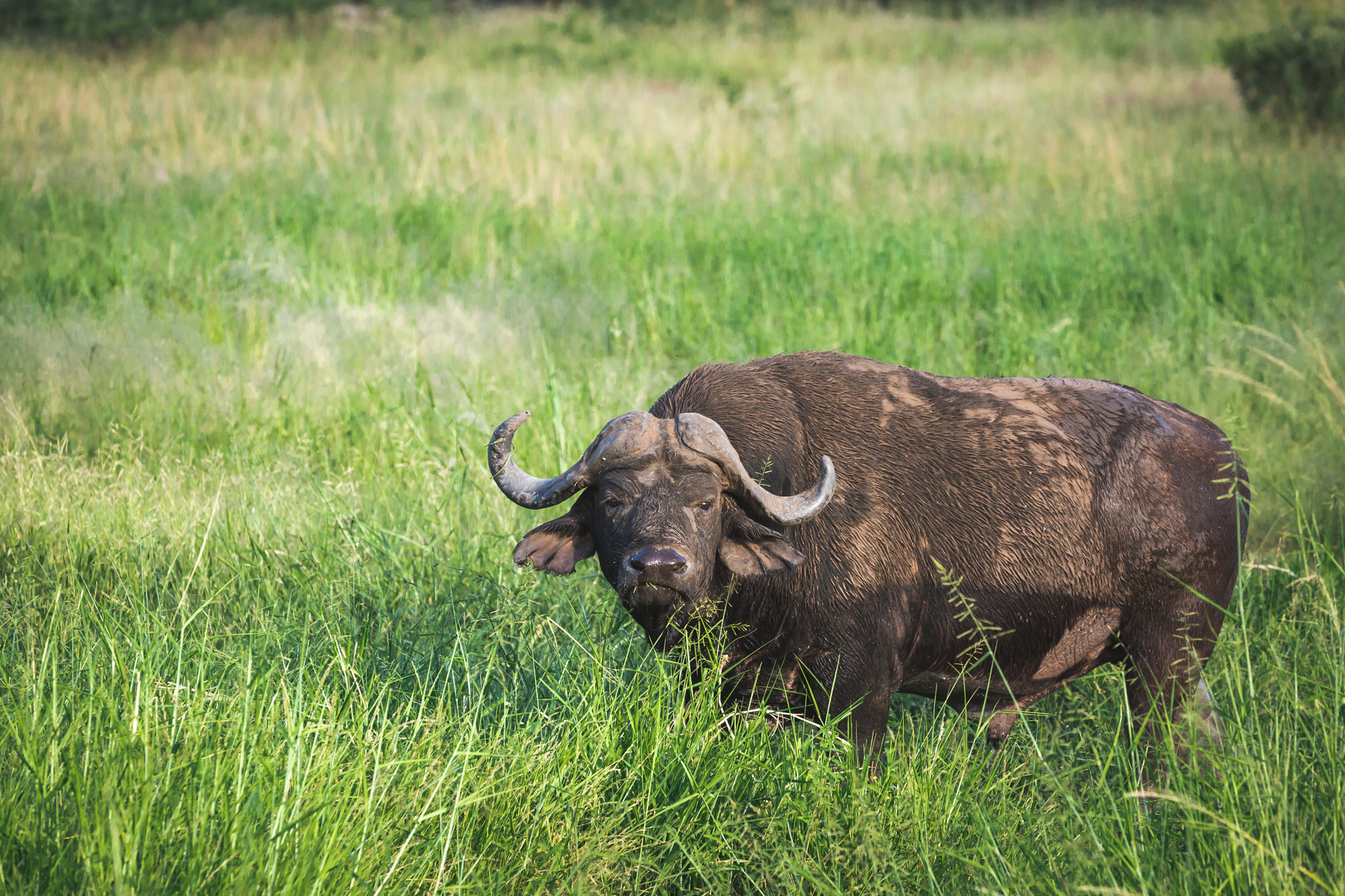
Date and costs
Date: dates to be added
Costs: price to be added
Total costs are based on a single room in Johannesburg and shared accommodation for the remaining nights. Would you rather not share a room? That is of course also possible. You will then pay € 595 extra. A 20% deposit is due.
Short daily schedule
Day 1: arrival in Johannesburg, first meeting
Day 2: early leave for Shindzela
Day 3: Shindzela
Day 4: Shindzela
Day 5: Shindzela
Day 6: after the morning drive transfer to Umlani
Day 7: Umlani
Day 8: Umlani
Day 9: after the morning drive transfer to Johannesburg, arrival approximately 6.00 pm
What is included?
- all transport from Johannesburg to Johannesburg
- eight nights based on shared tents/rooms
- English speaking local guide
- Dutch and Emglish speaking professional photographer
- all meals except for day 1, lunch on day 2 and lunch & diner on day 9
- all park entree fees
- water, all drinks (also alcoholic) in Umlani
What is not included?
- international flights
- all drinks and snacks and all meals excluded above
- vaccinations
- travel and cancellation insurance
- tip and souvenirs
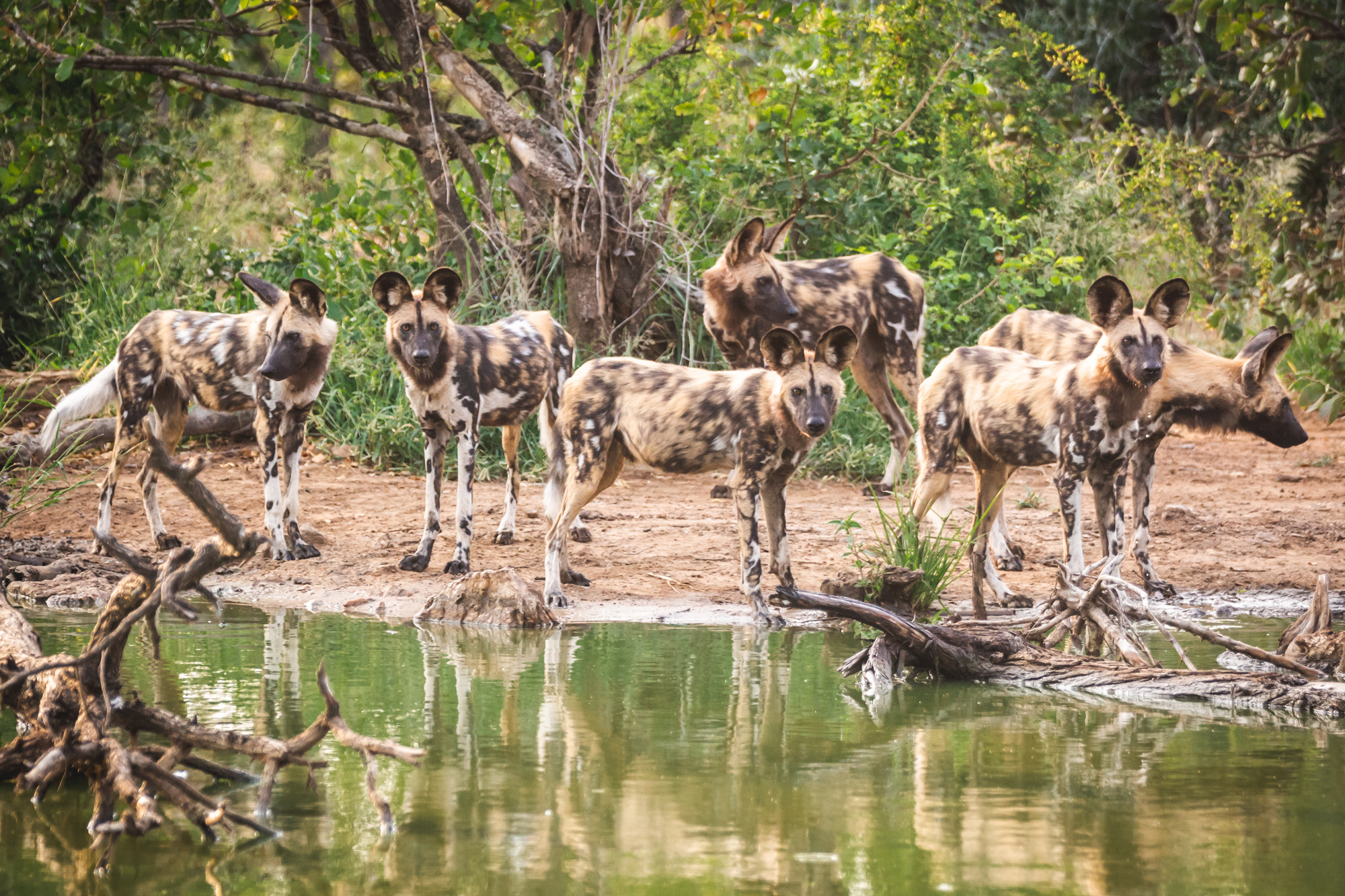
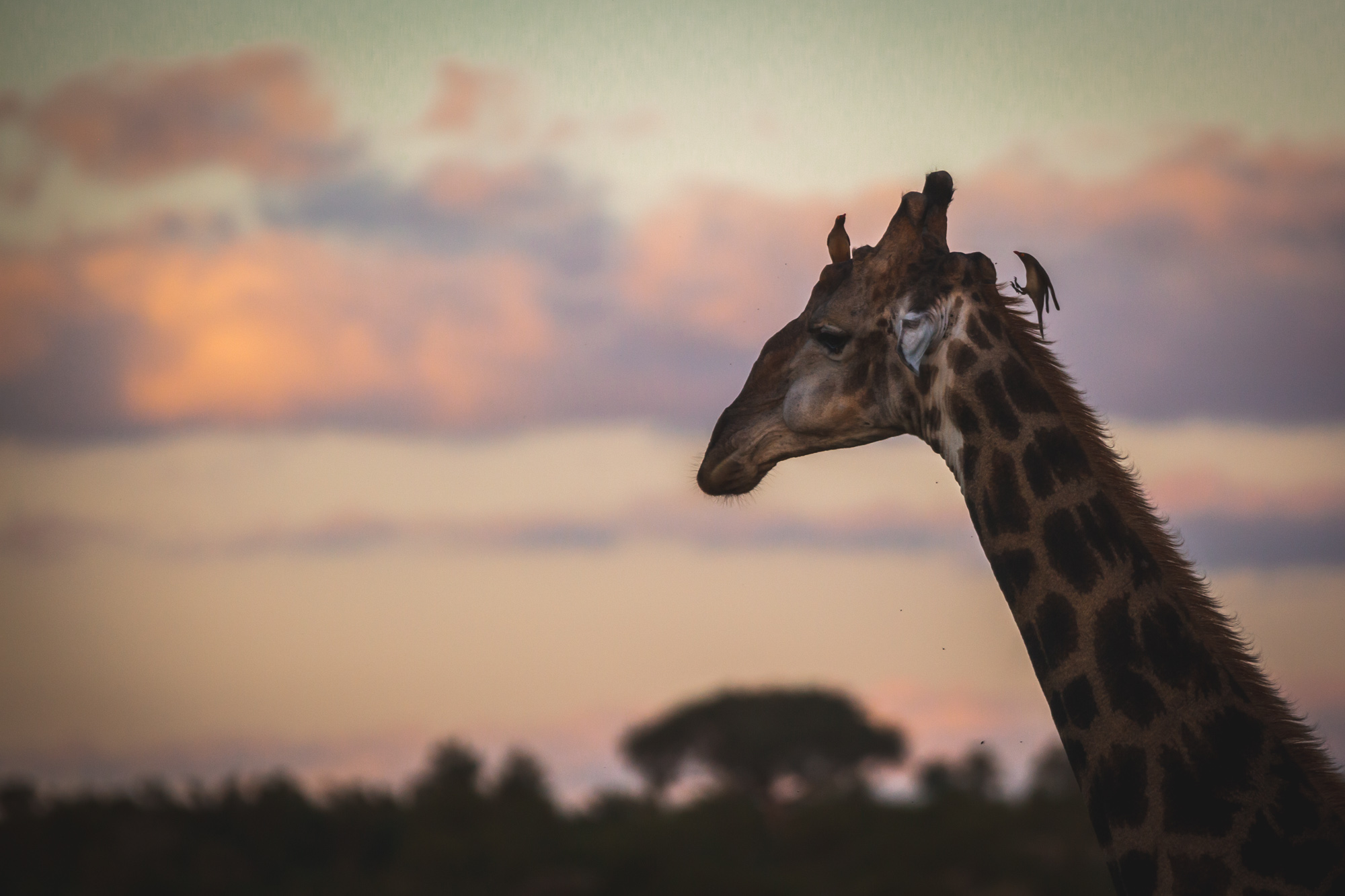
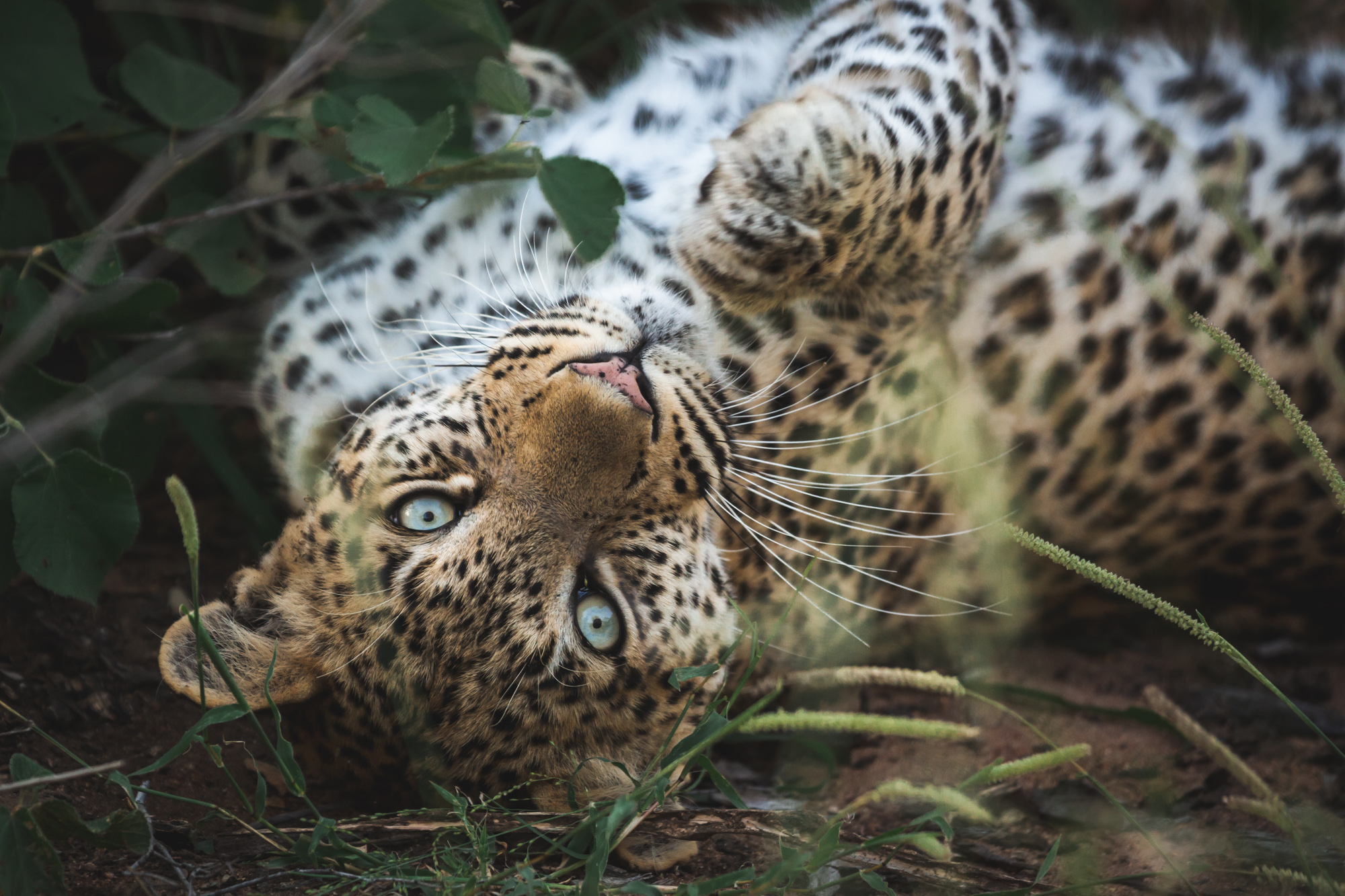
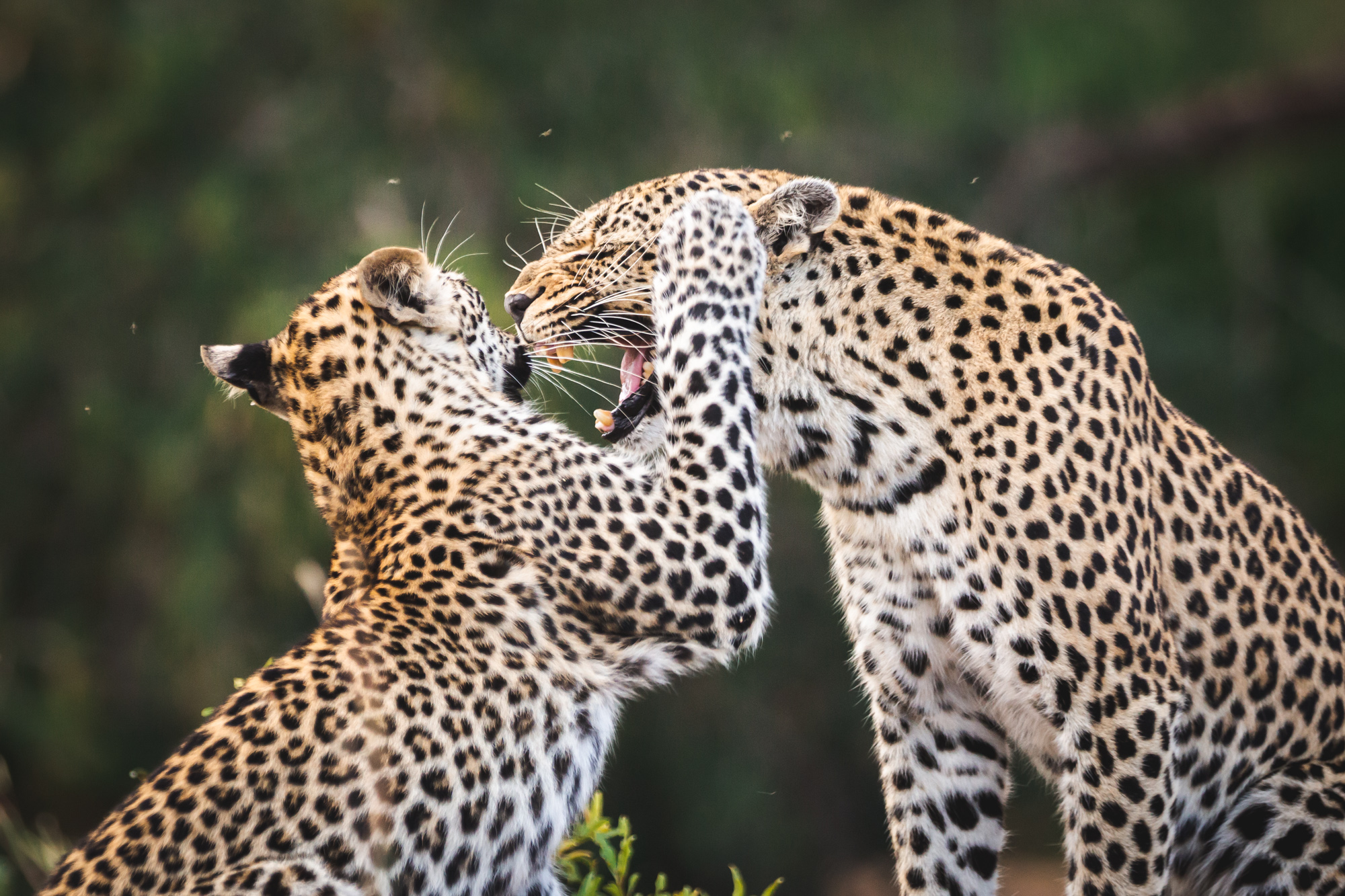
Bookings
You book directly with Backroads Africa. Once the trip is full, you will receive the invoice for the first deposit. This way you can guarantee yourself a place. The remaining part must be paid 60 days before the start. You are expected to arrange your own travel and cancellation insurance. The trip will take place with six participants.
A safari is a special trip and we offer you the opportunity to go on a very exclusive photo trip in South Africa. You certainly won’t be disappointed. Don’t think too long, just go with it, fill in that booking form!
If you have any questions, please feel free to contact me via the general form, DM/PM on Insta/Facebook or Whatsapp me on +31 (6) 55121414. Answers to most of the frequently asked questions you can also find in the FAQ.
Booking form
